site search
online catalog
REGULATION CAP, FROCK COAT, AND VEST OF REGIMENTAL ADJUTANT AND CAPTAIN EBEN RICHARDS, 7th ENROLLED MISSOURI MILITIA OF ST. LOUIS 1862-1864 IN SUPER CONDITION
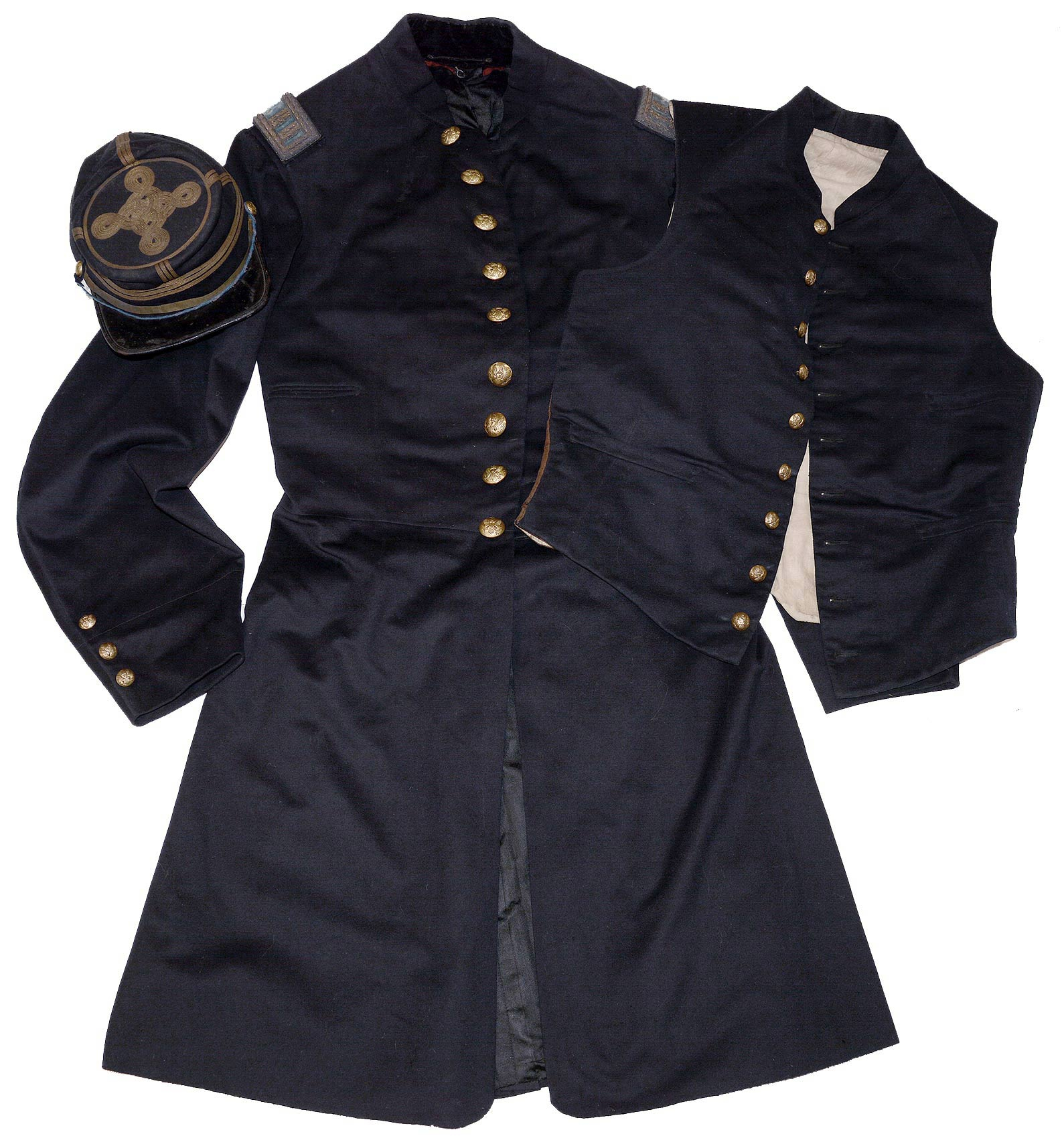
Hover to zoom

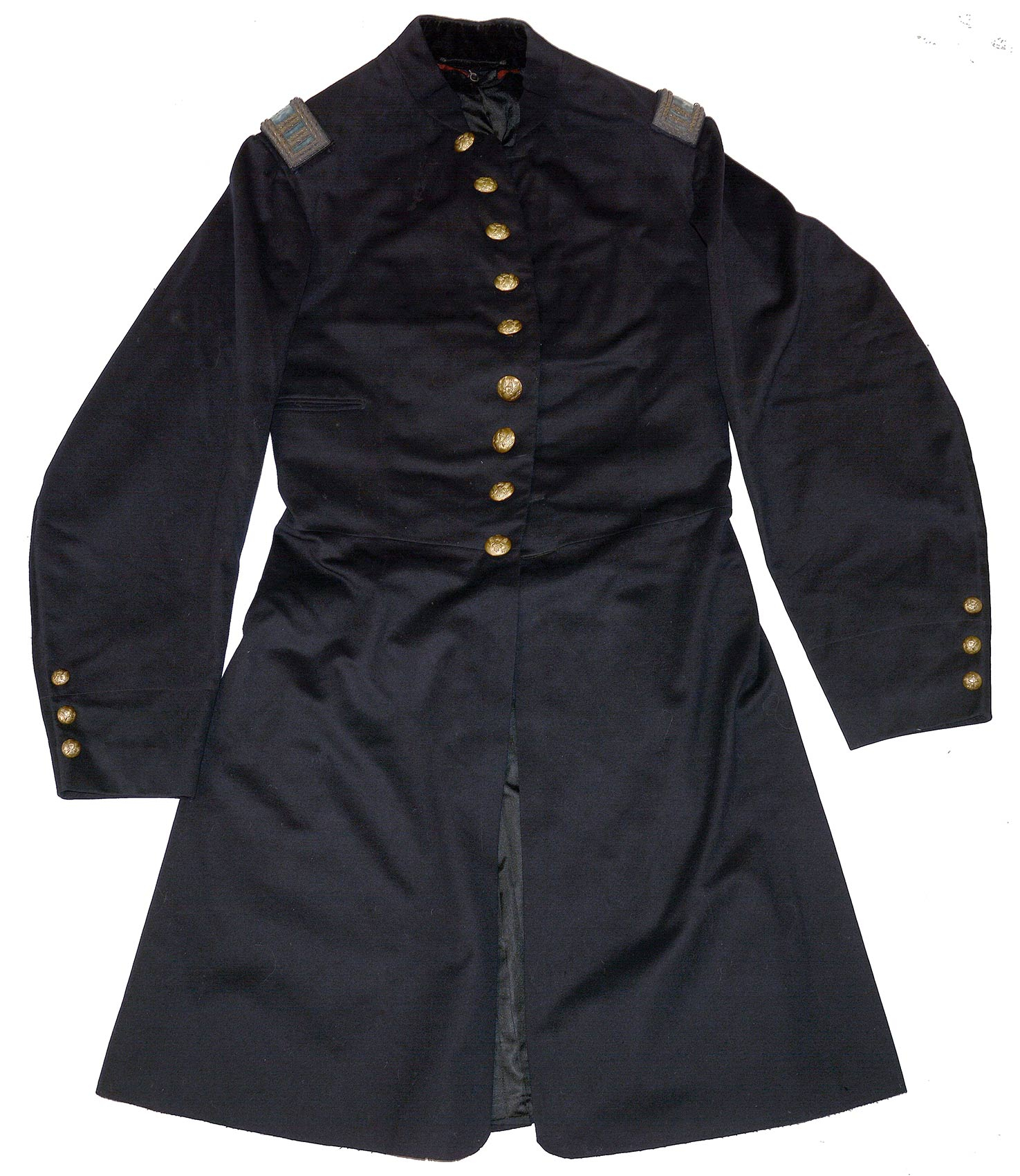
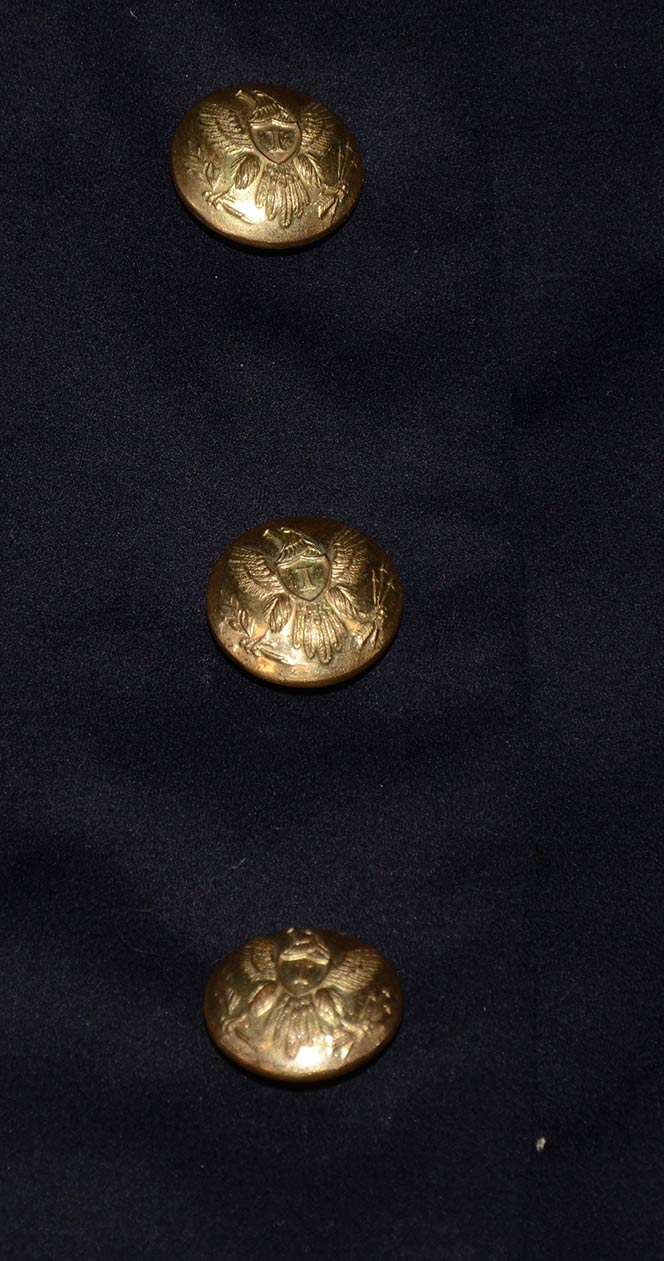
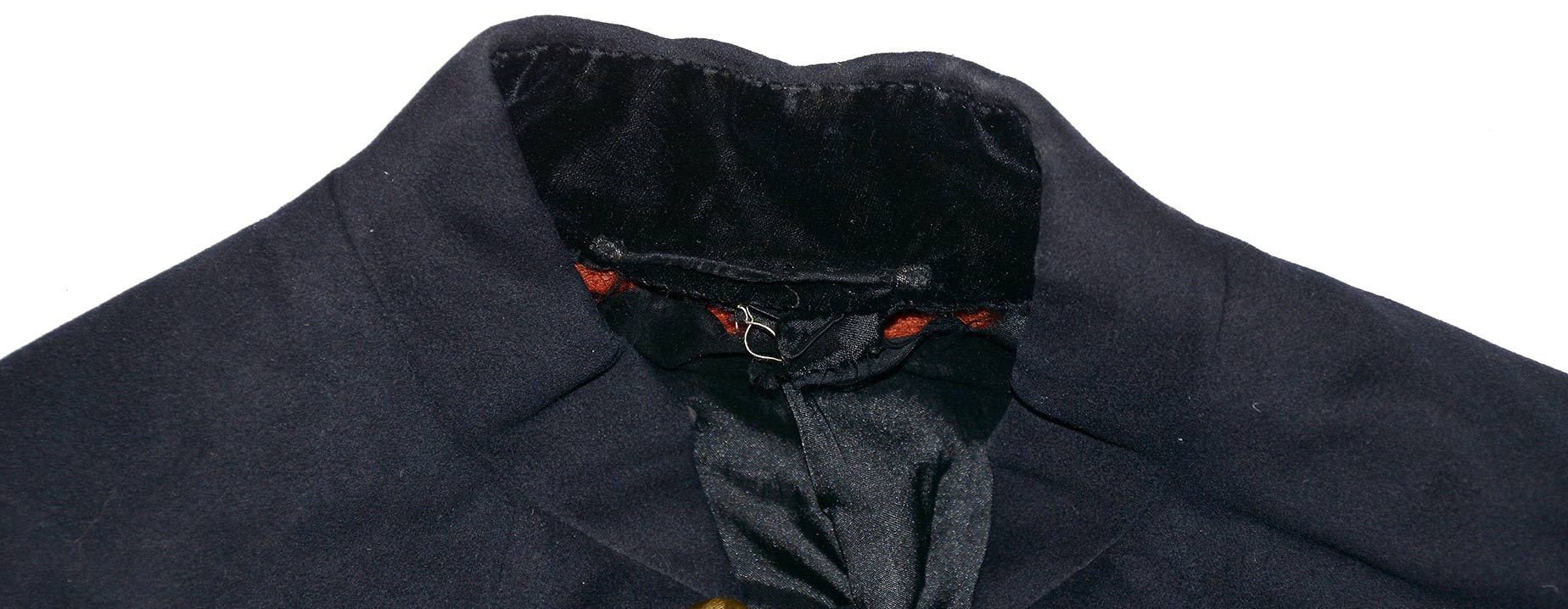
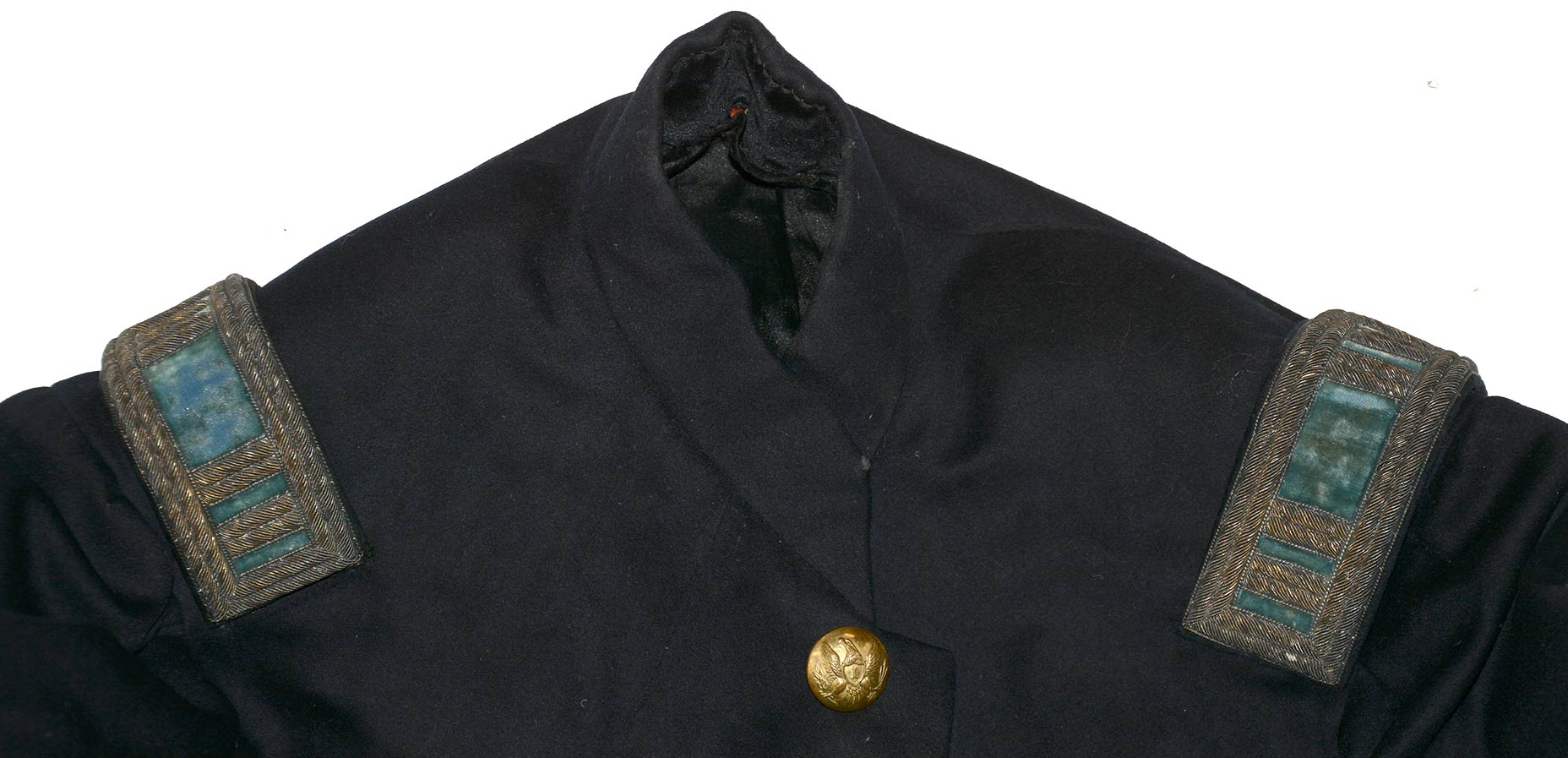
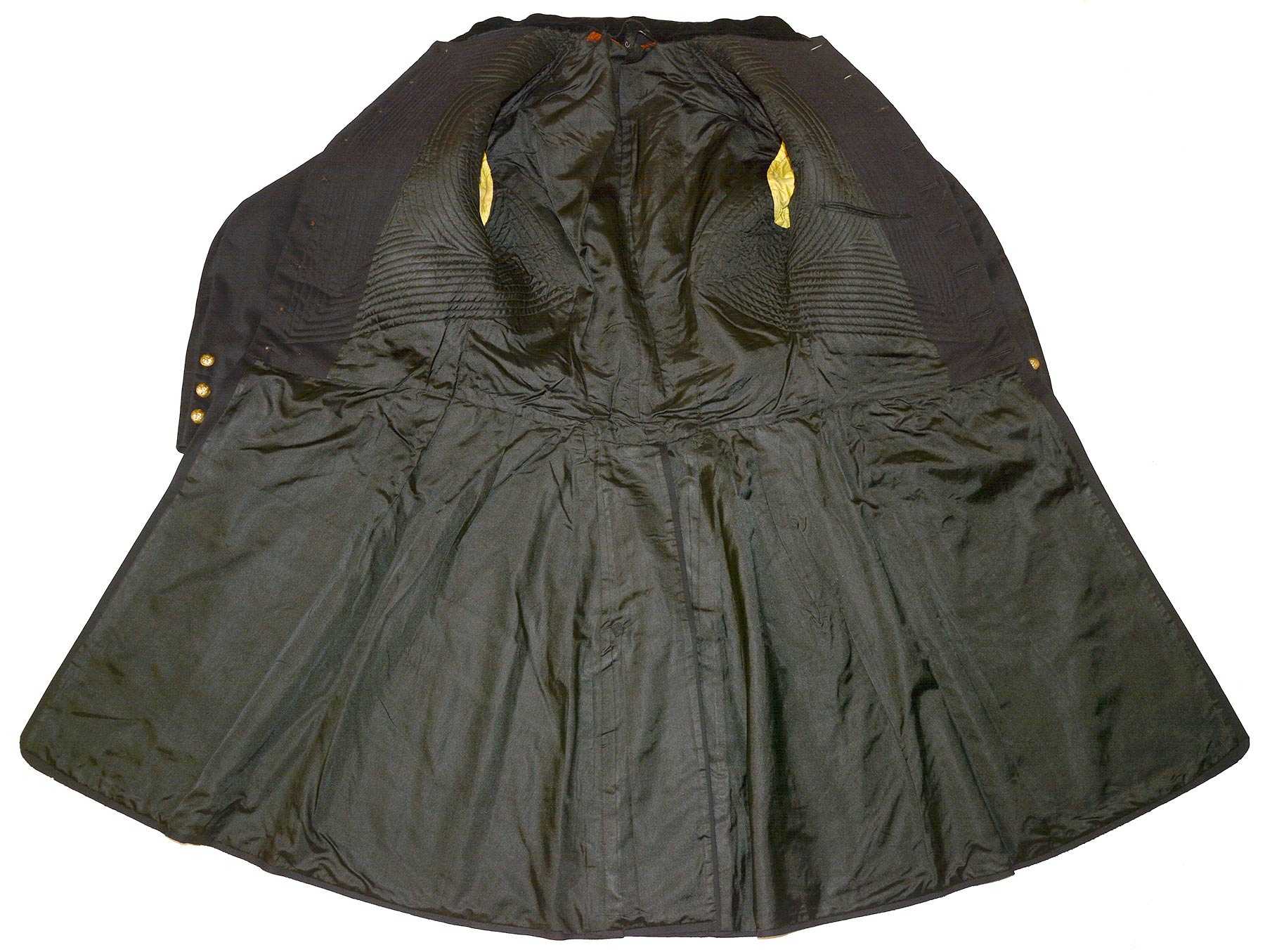
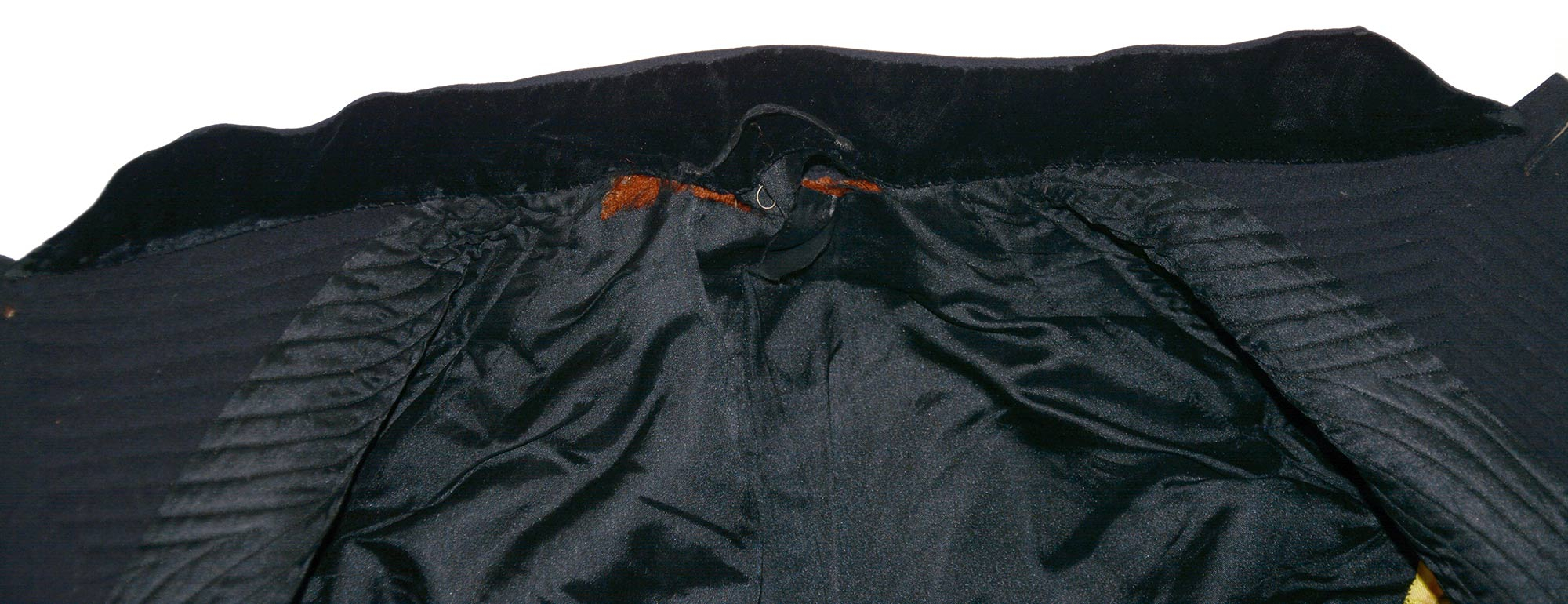
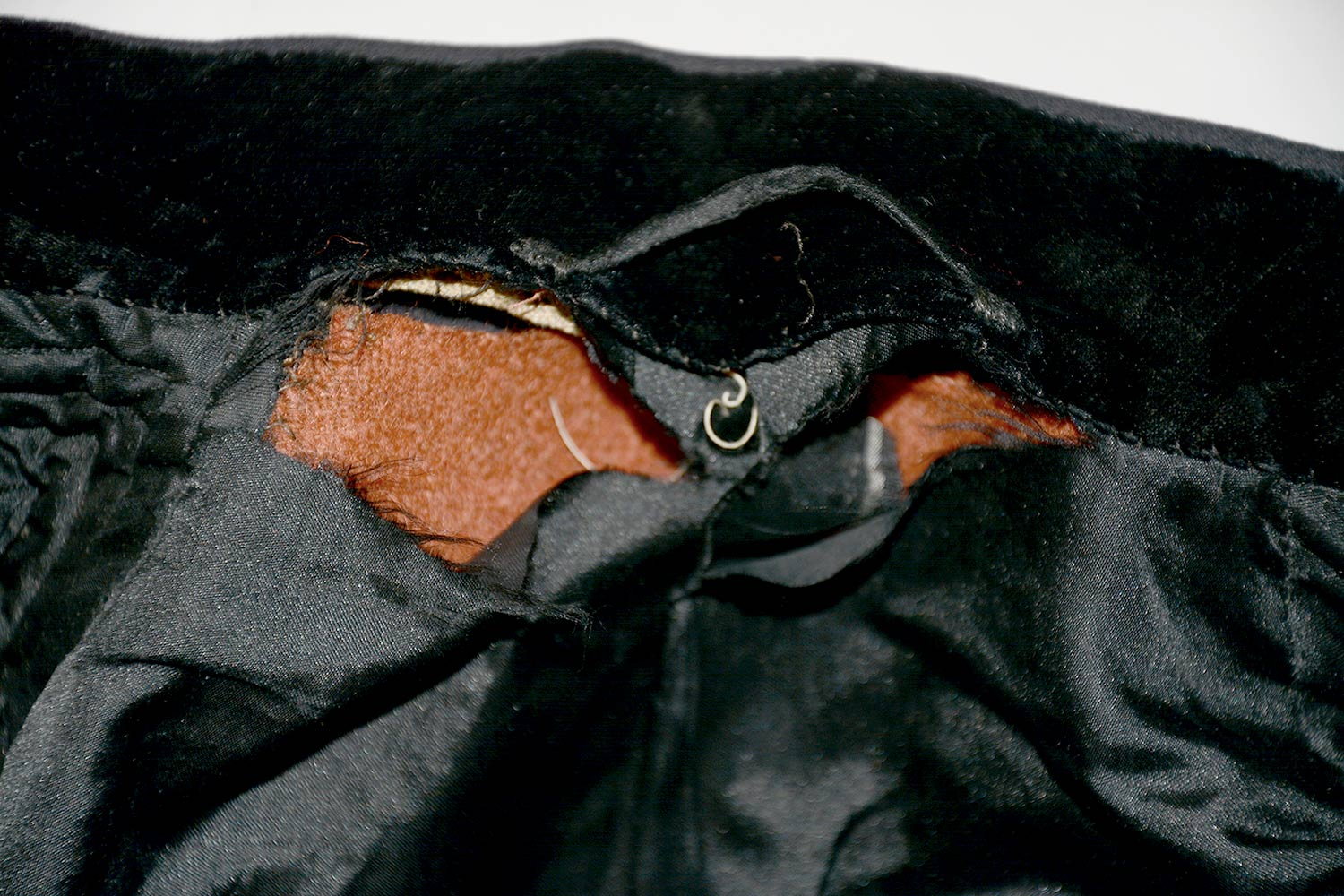
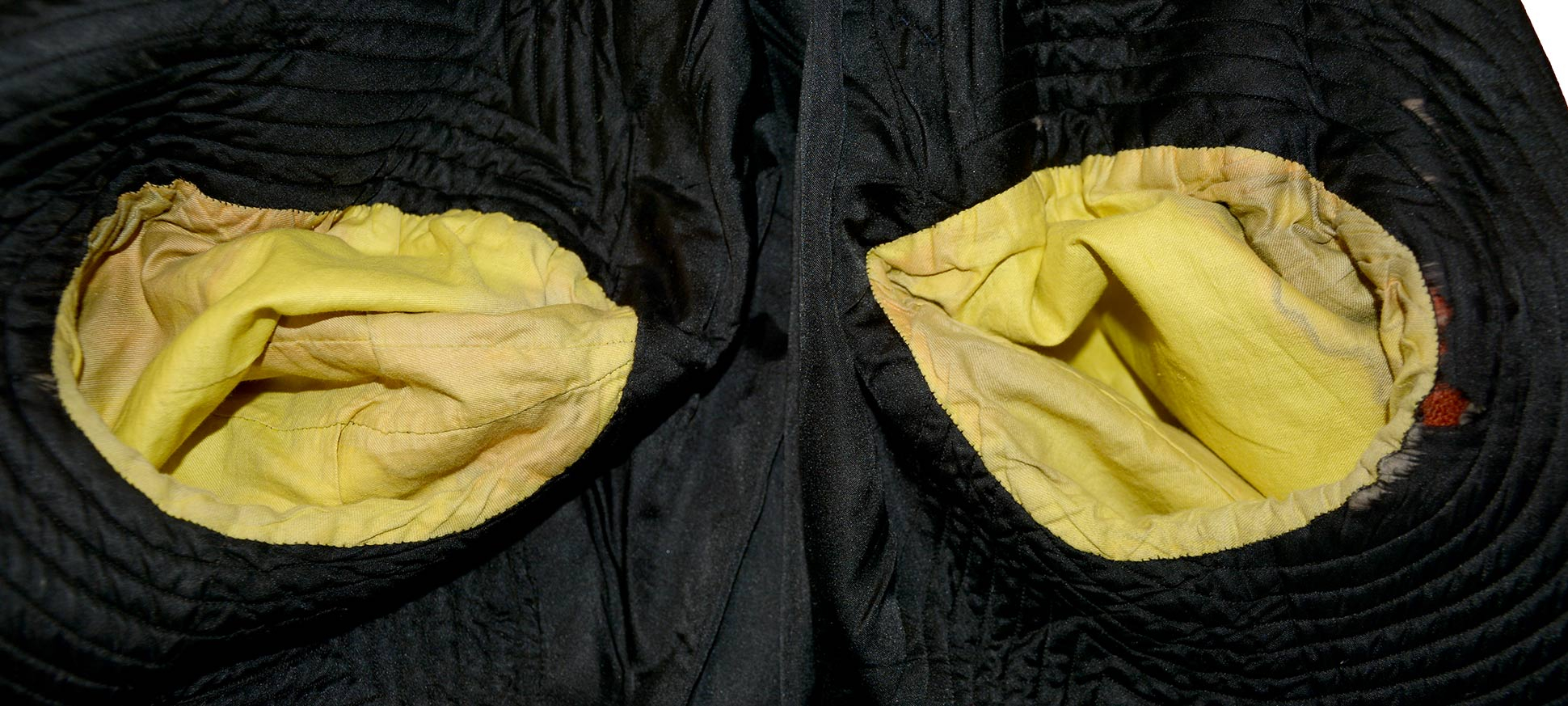
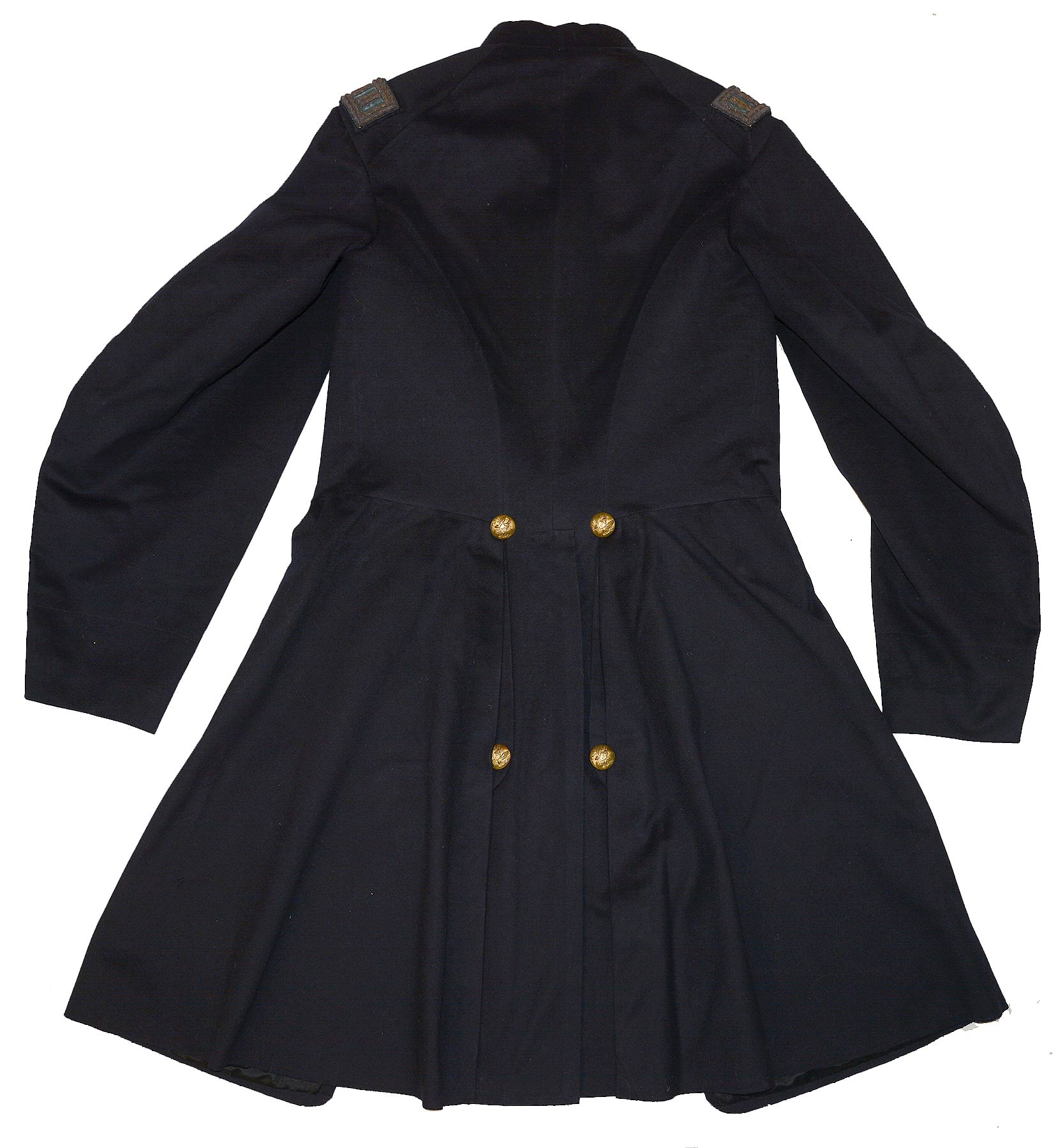
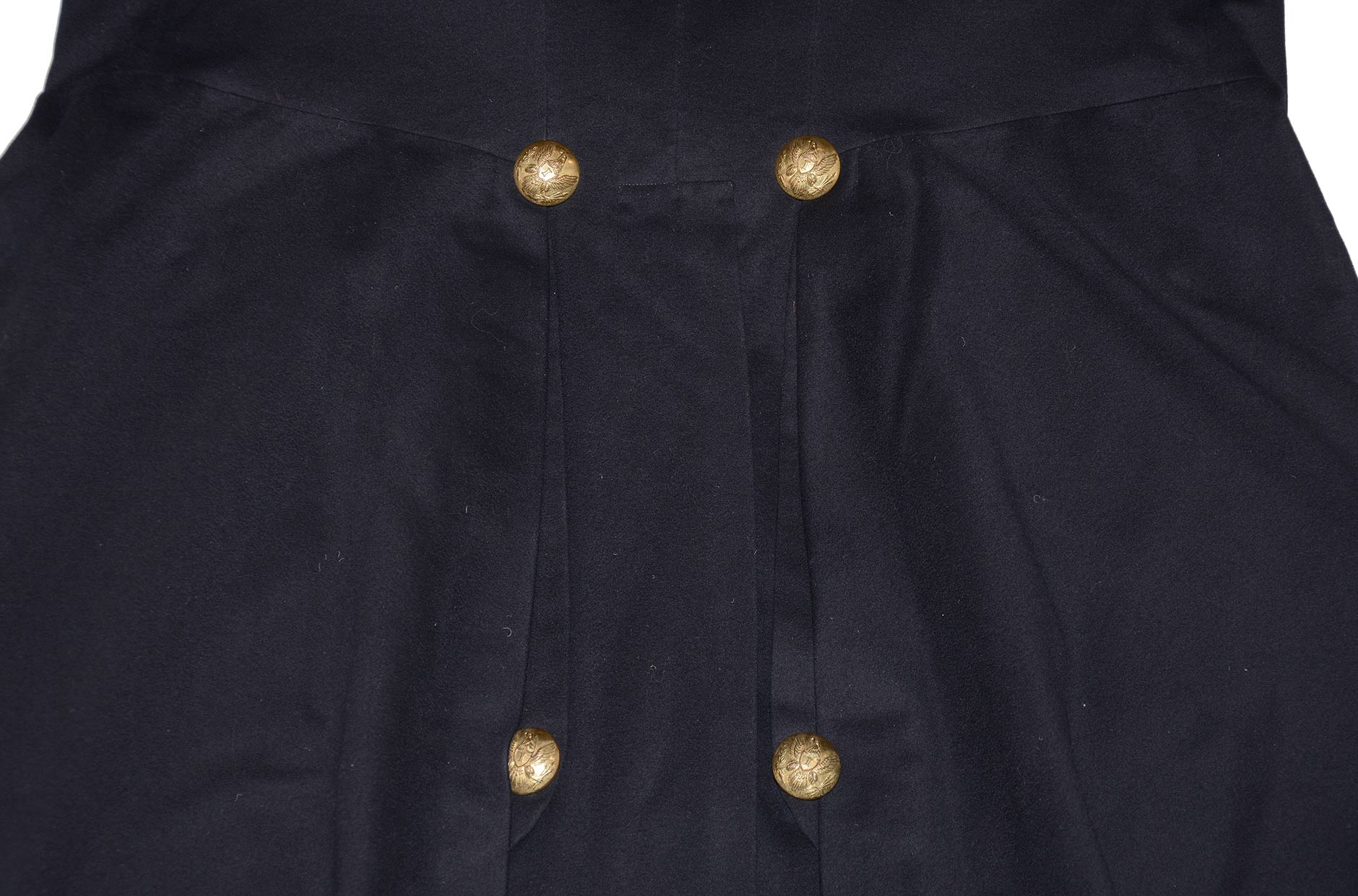
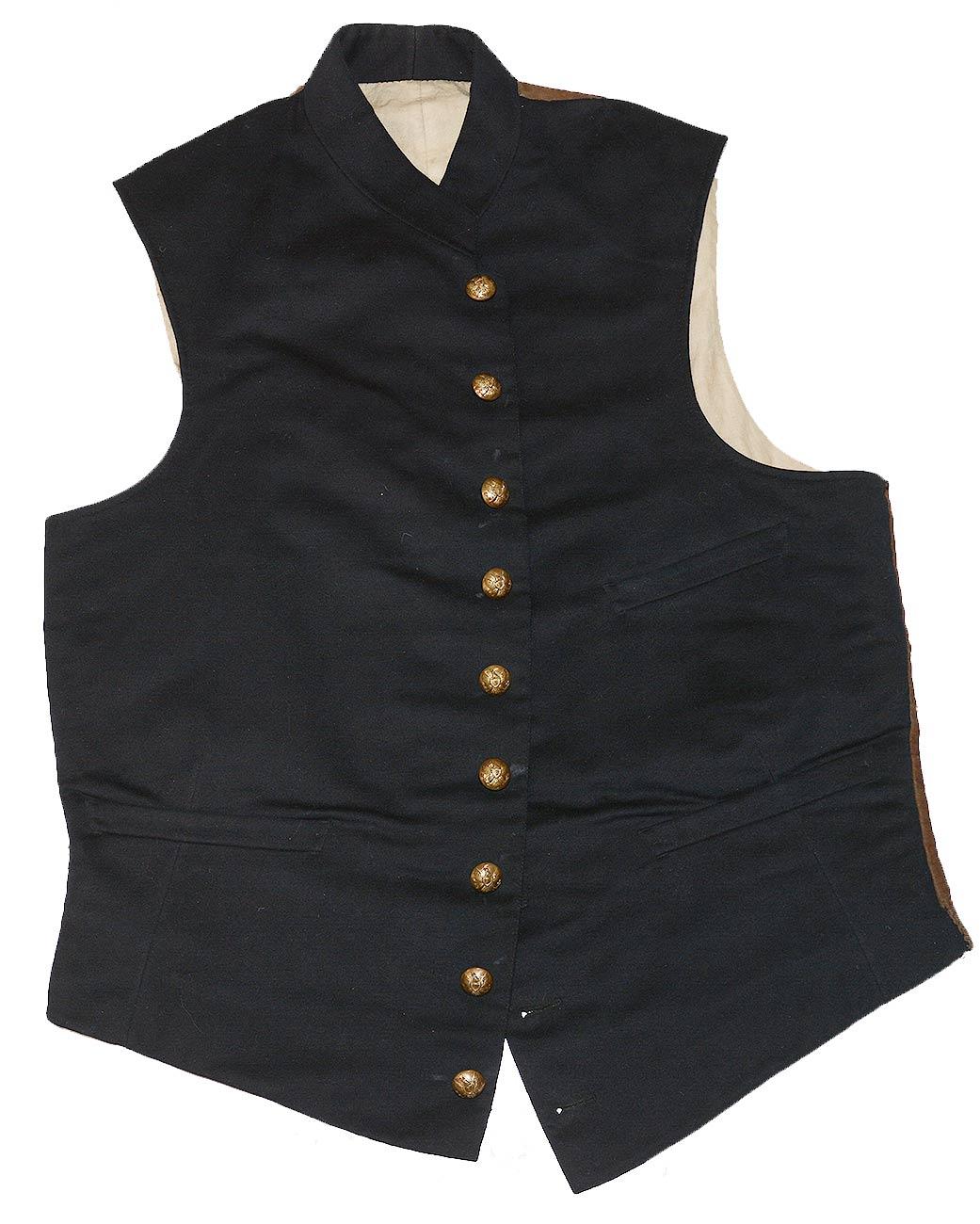
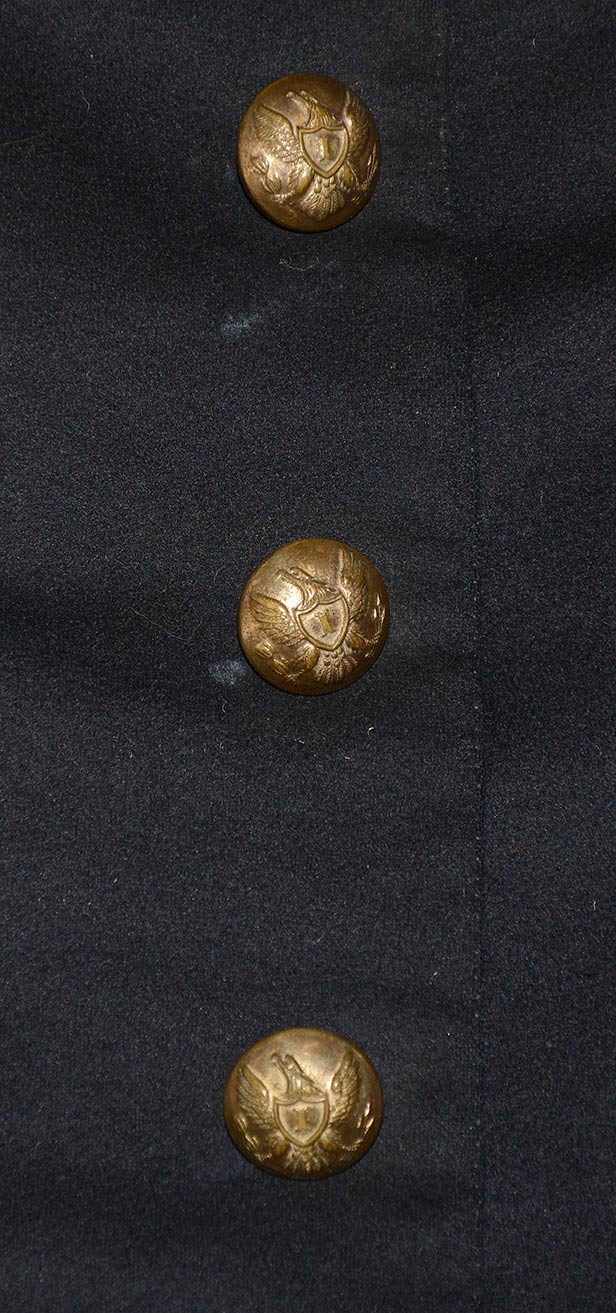
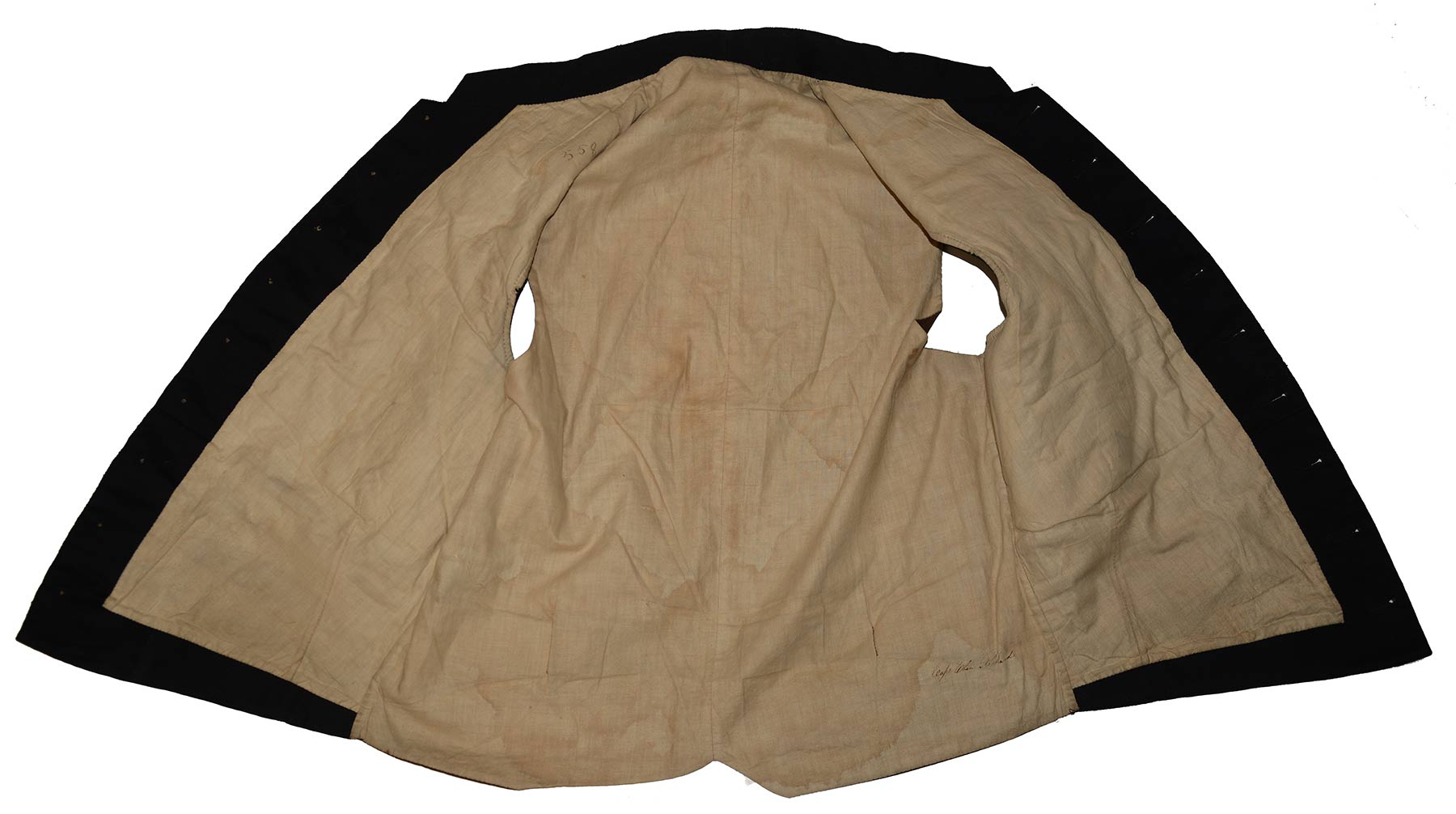
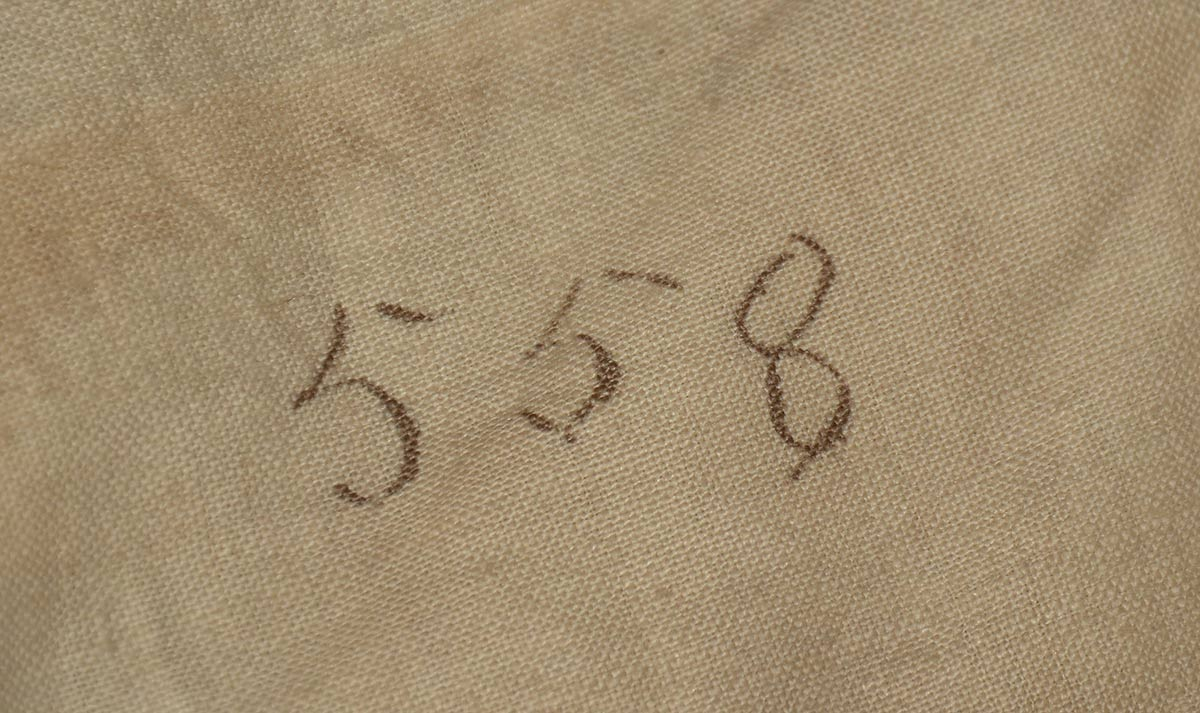
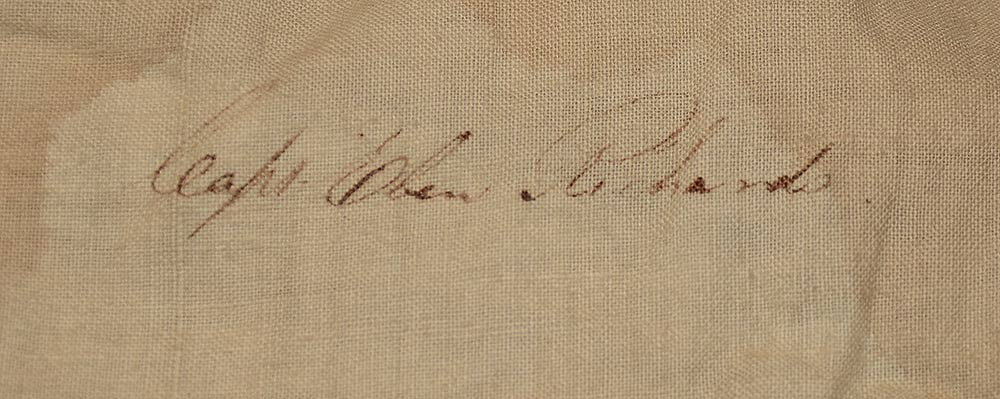
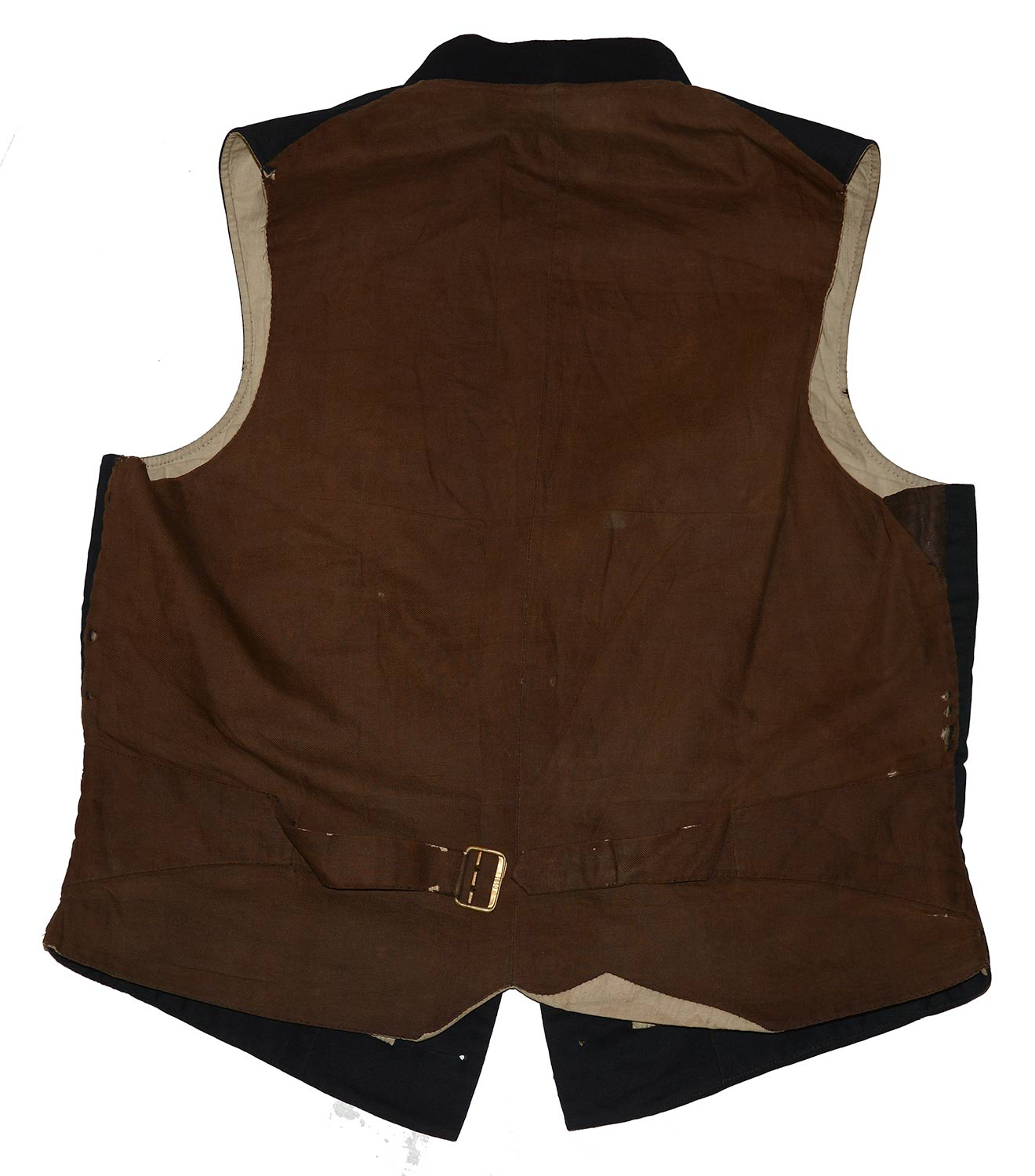
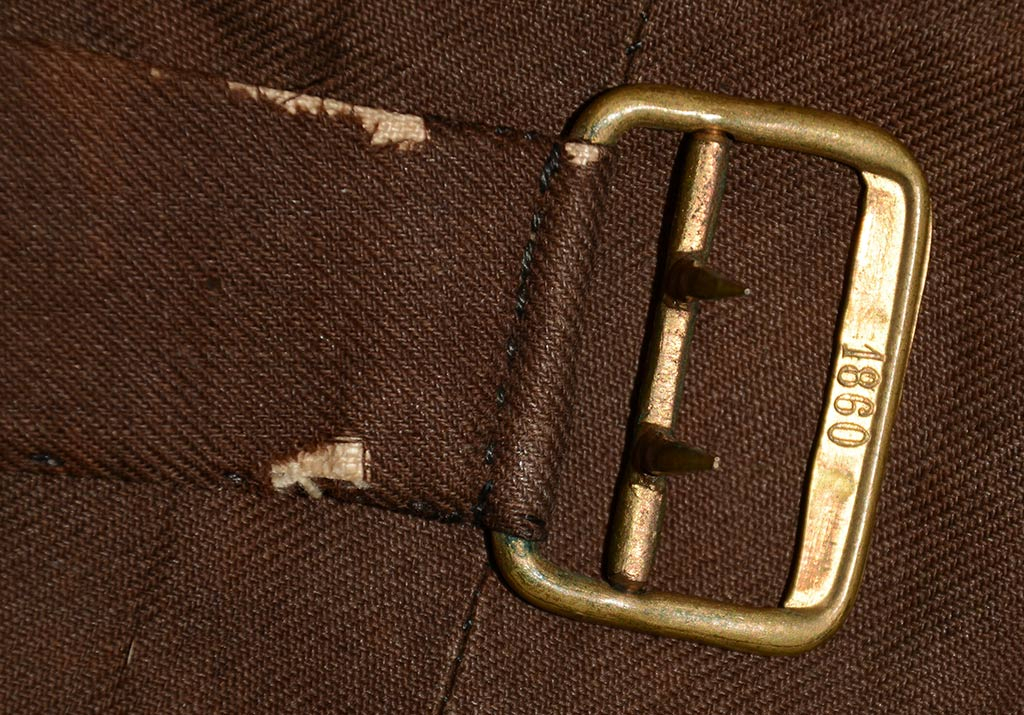
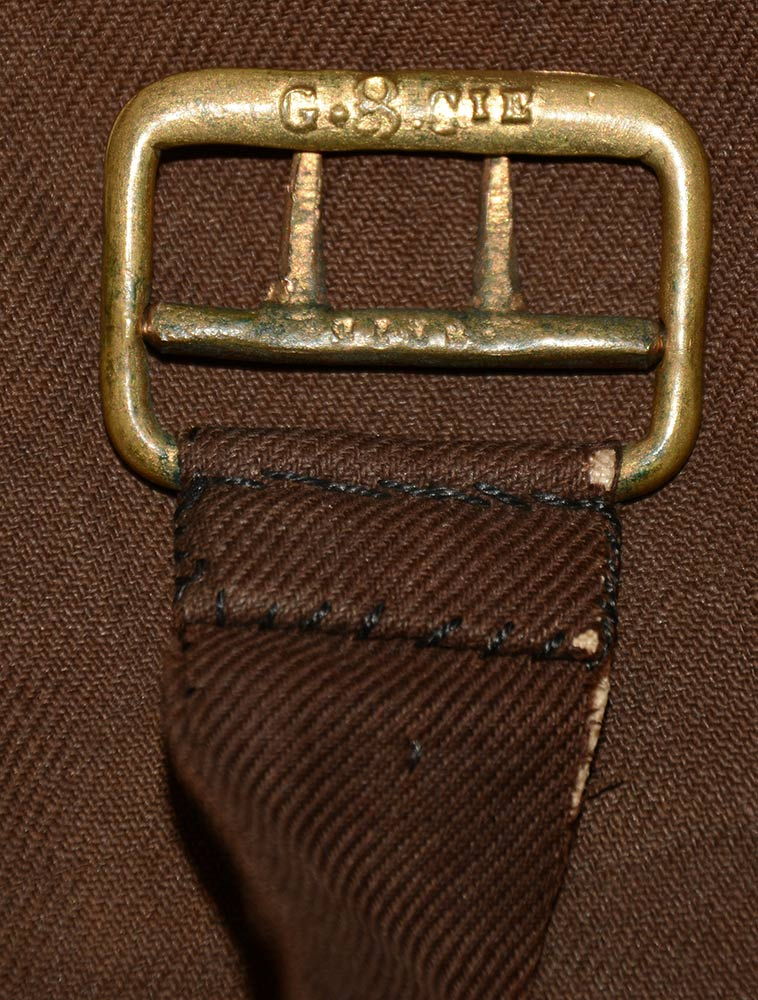
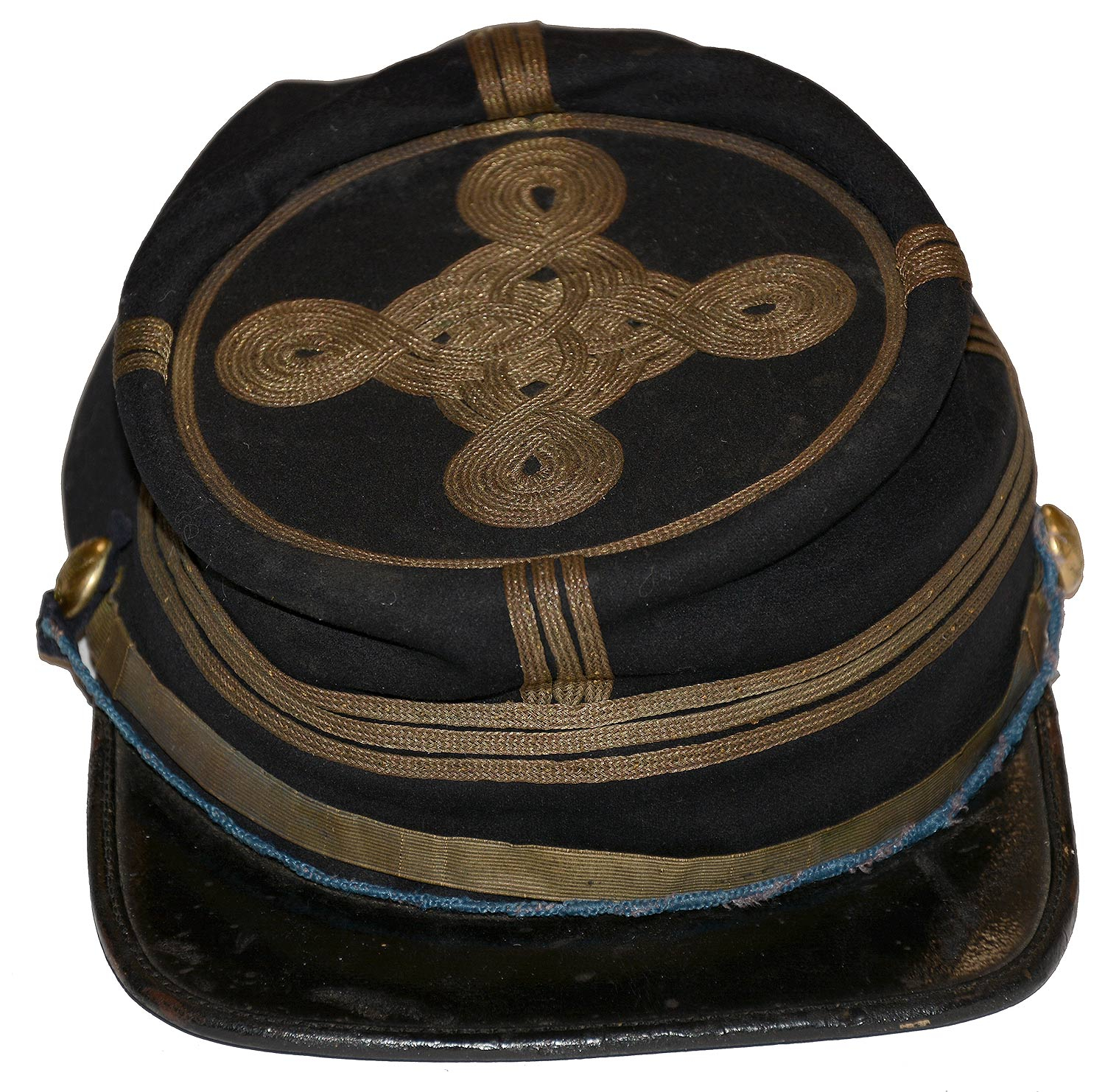
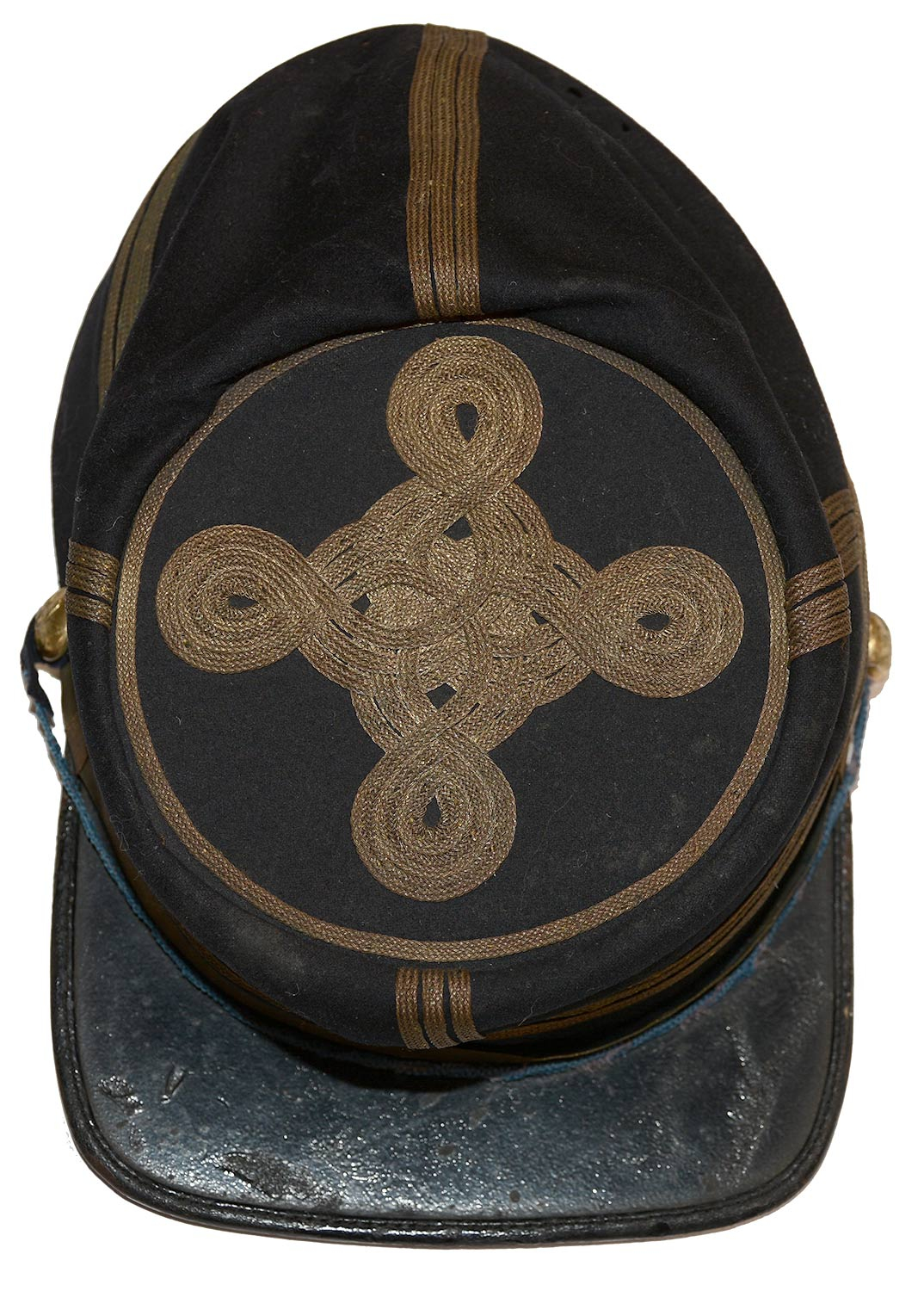
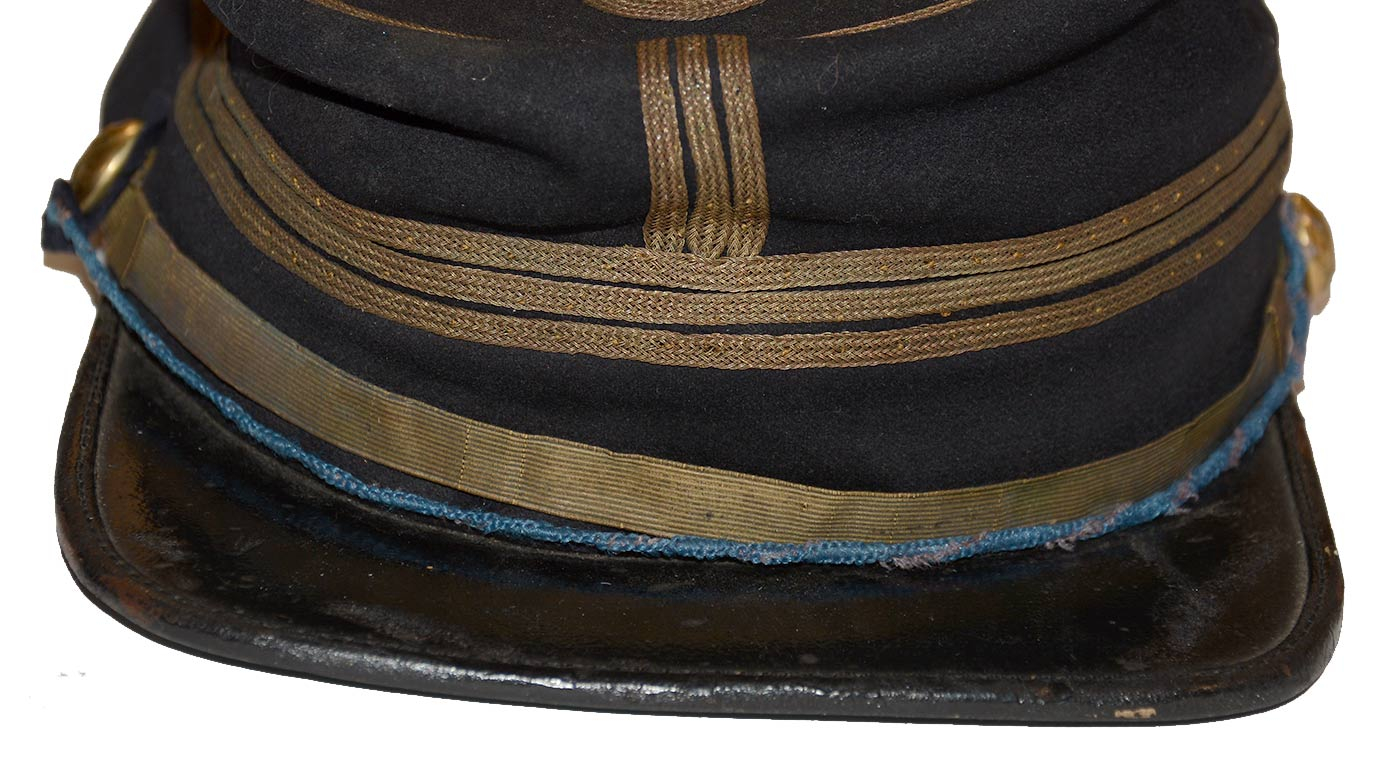
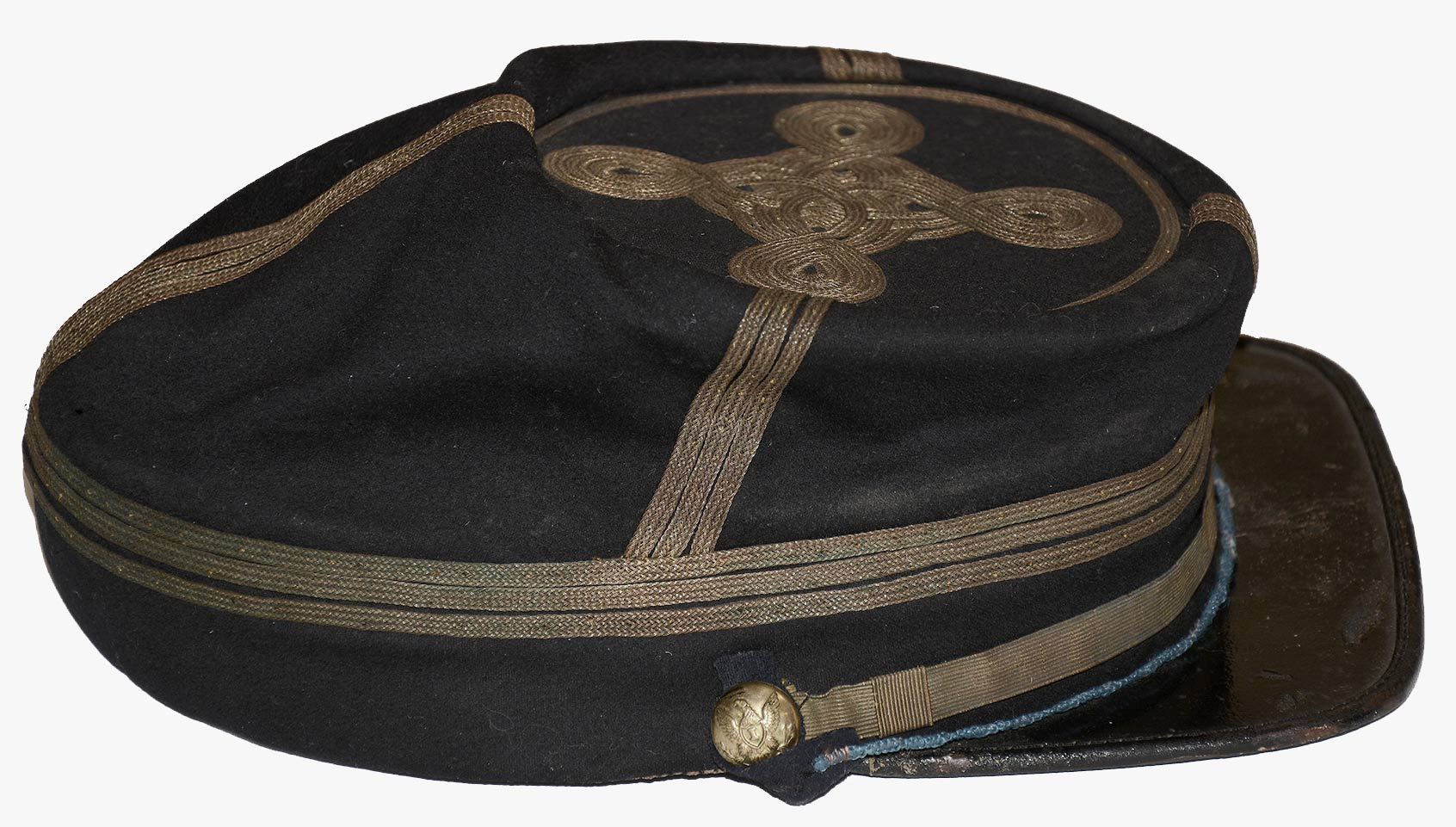
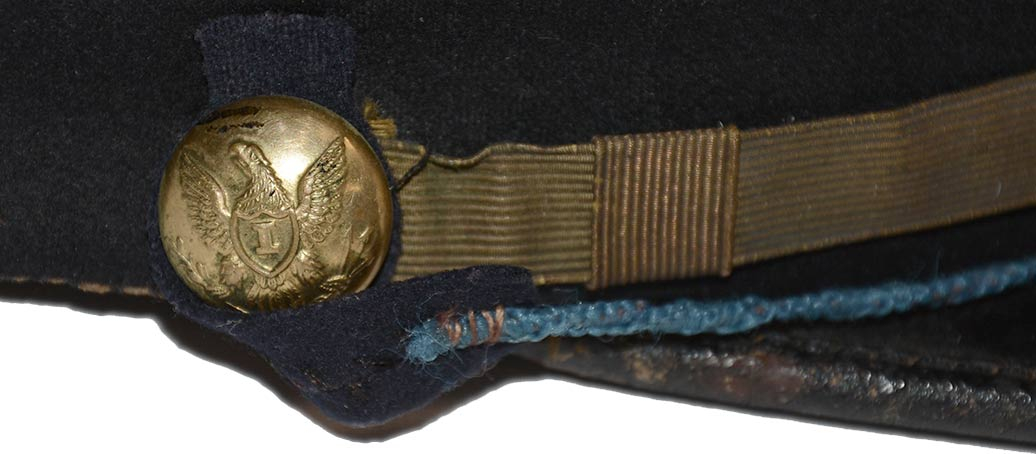
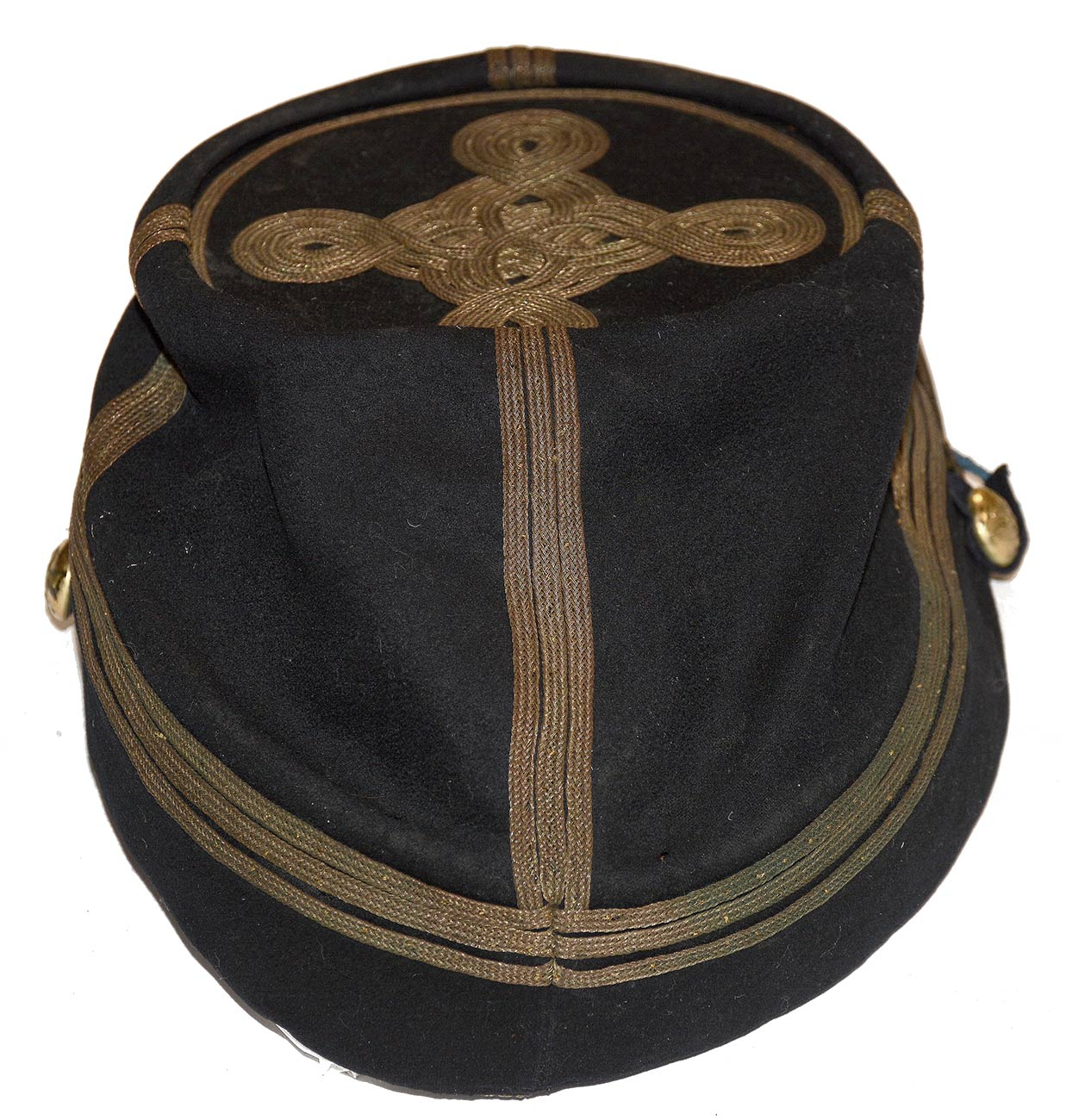
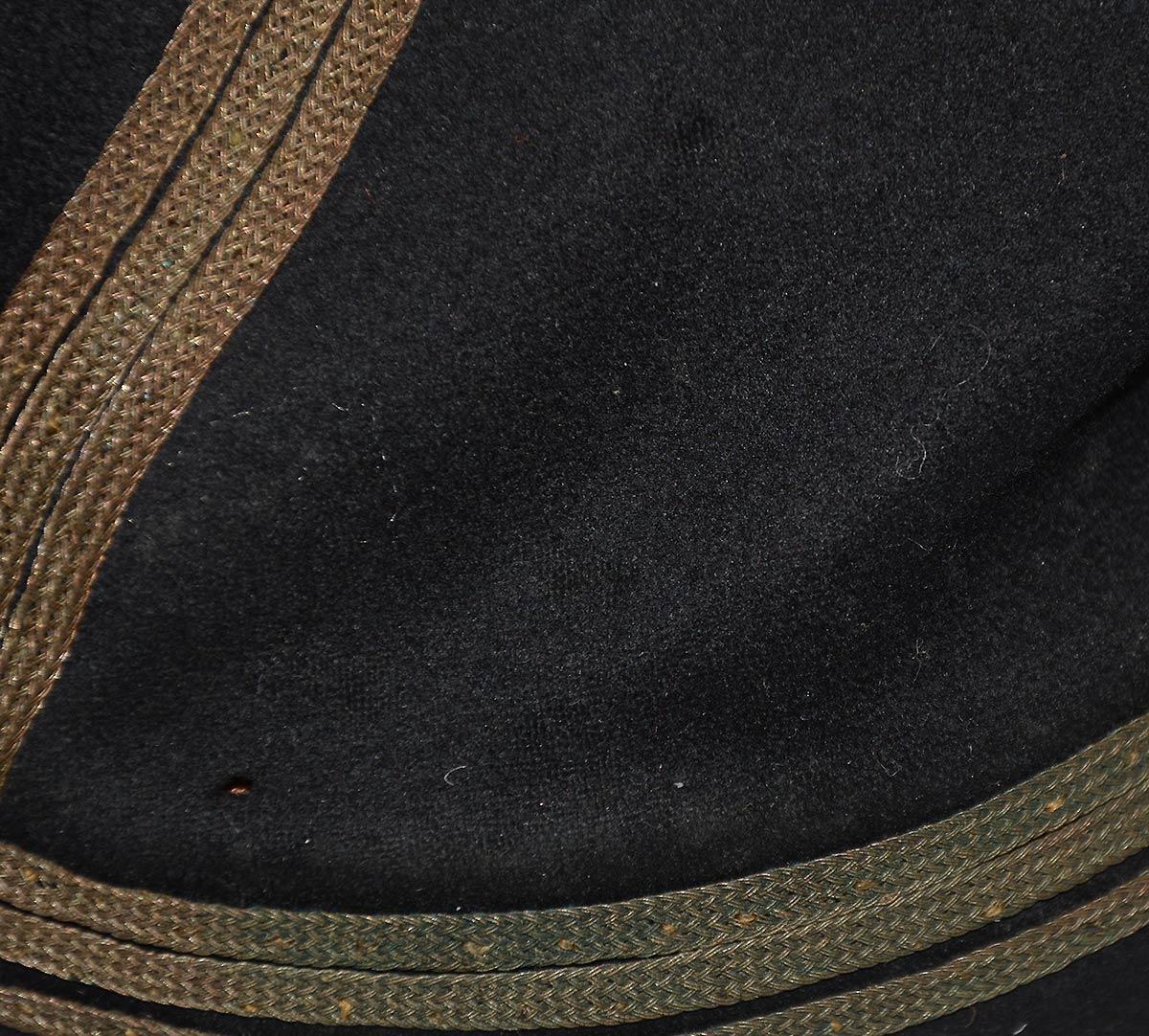
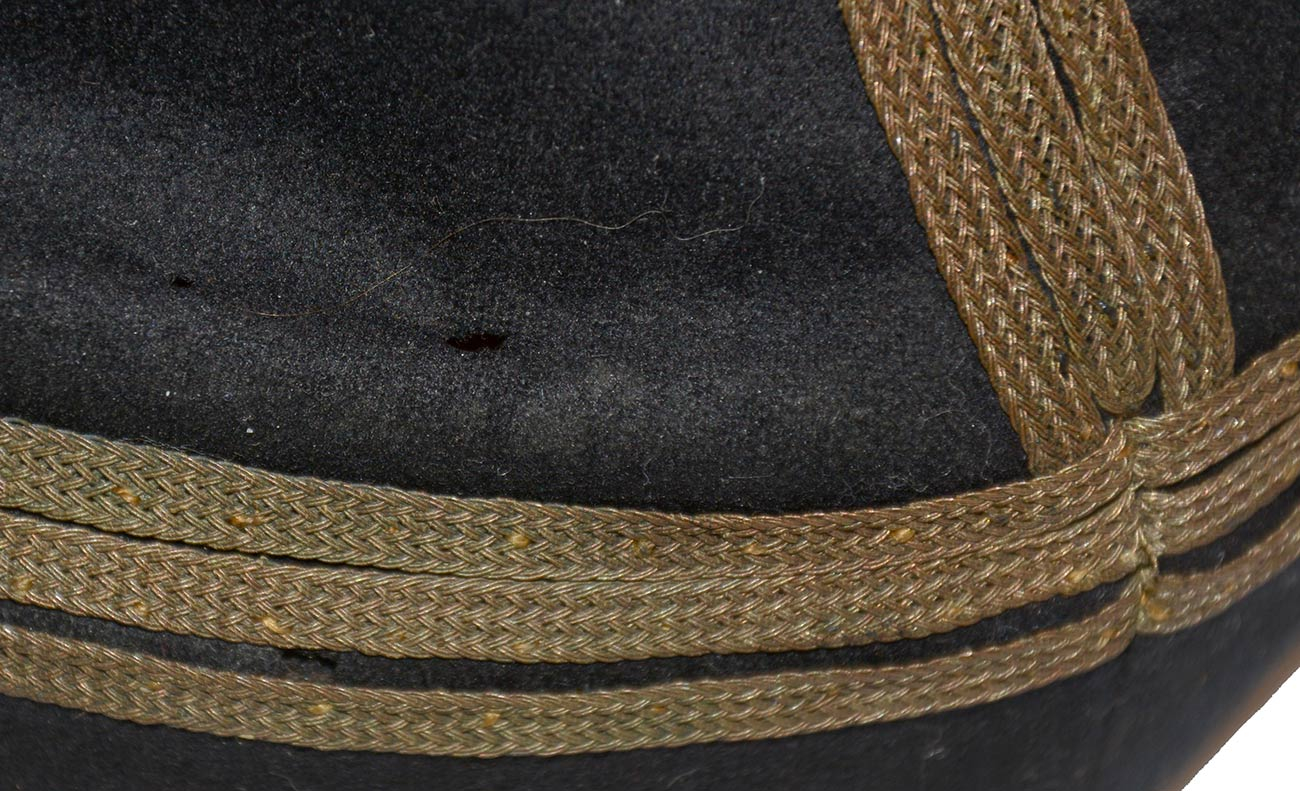
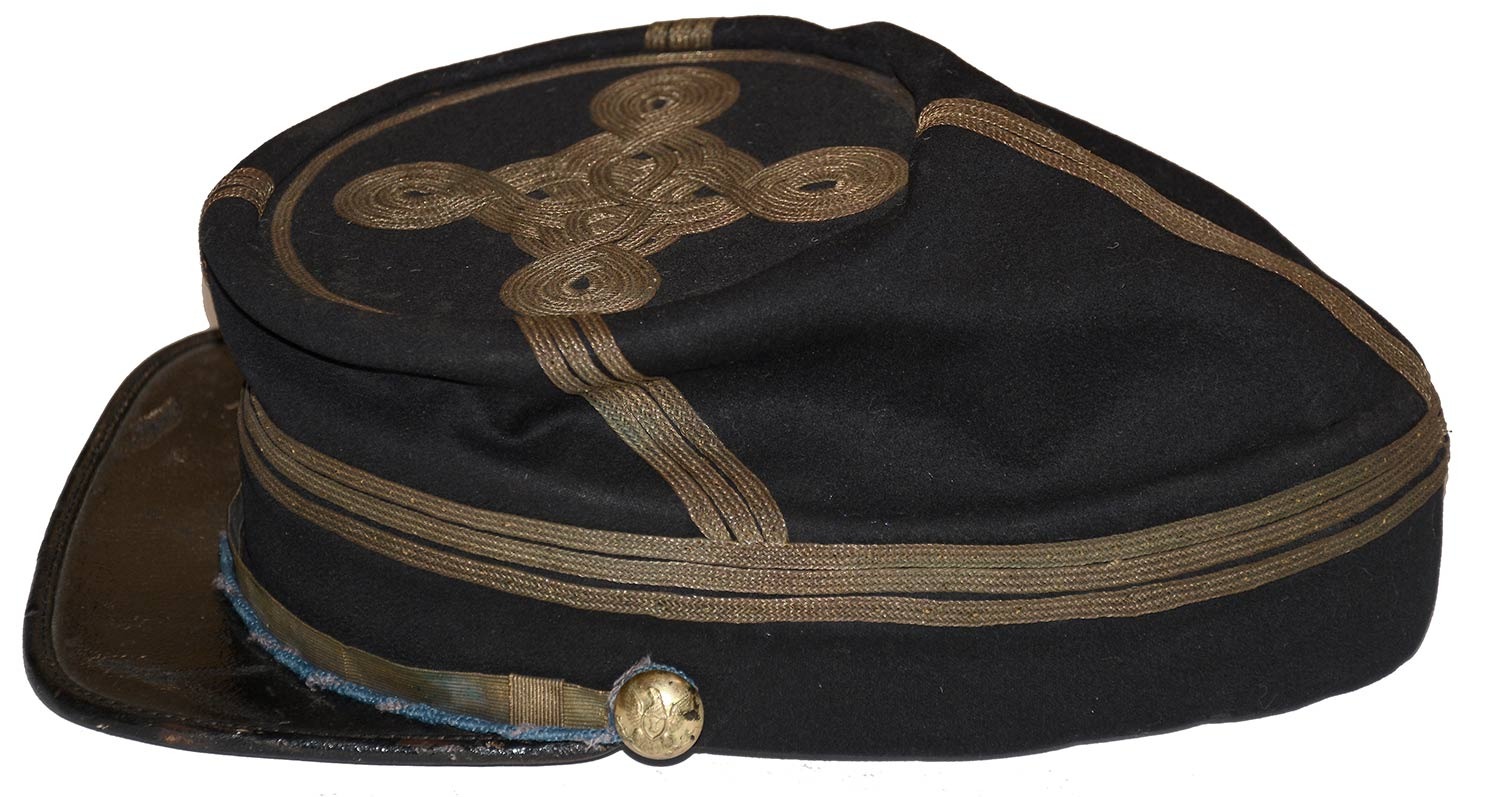
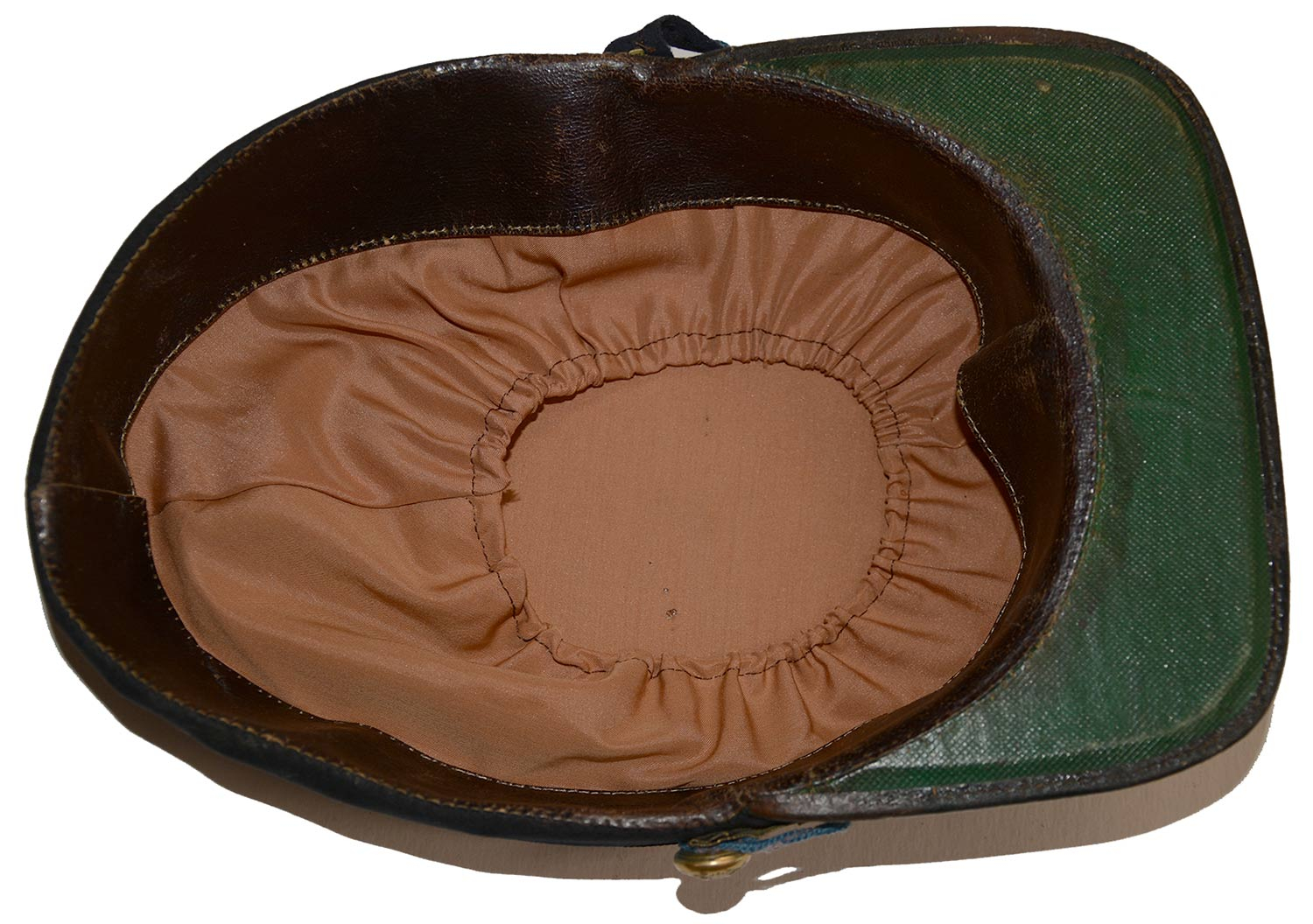
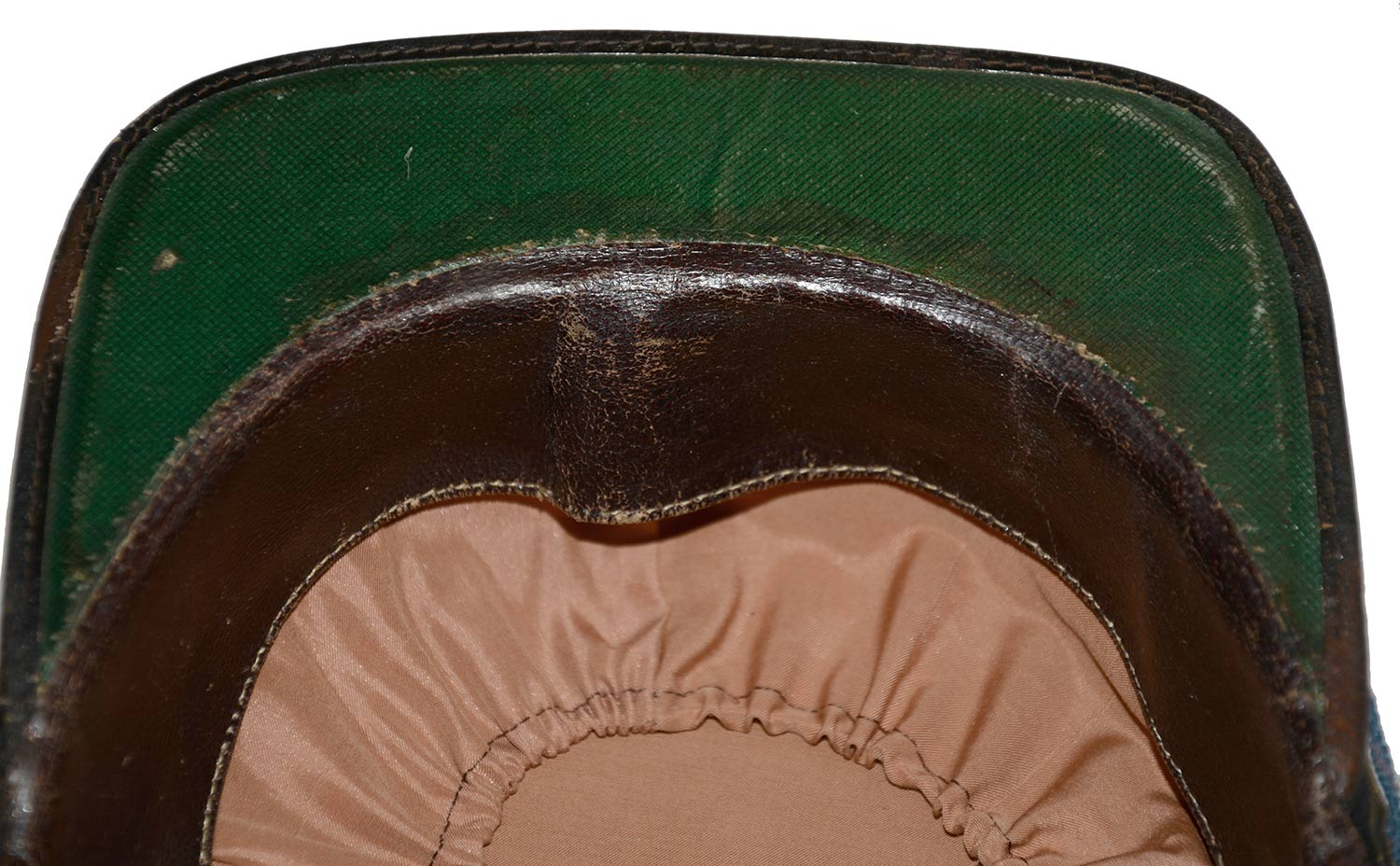
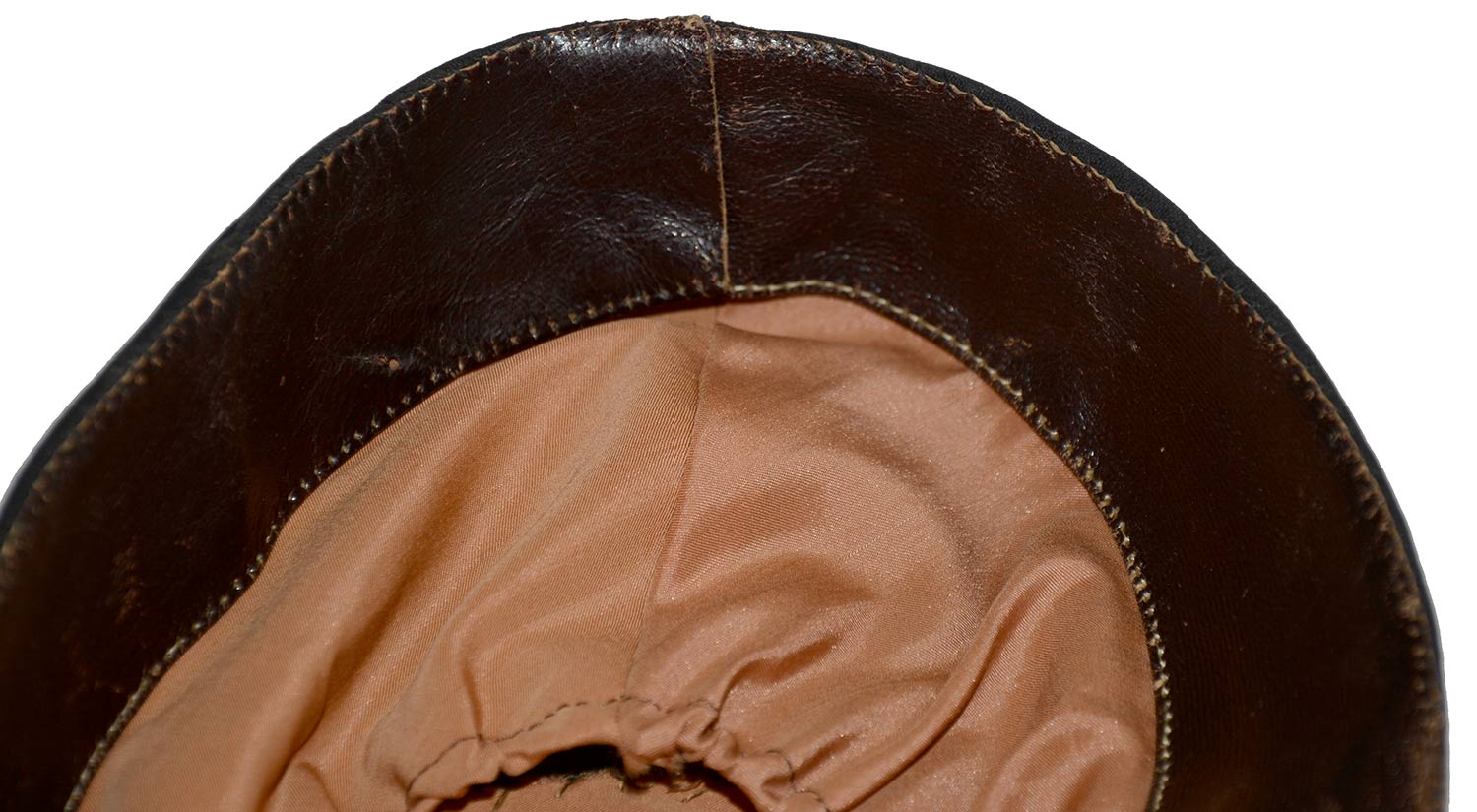
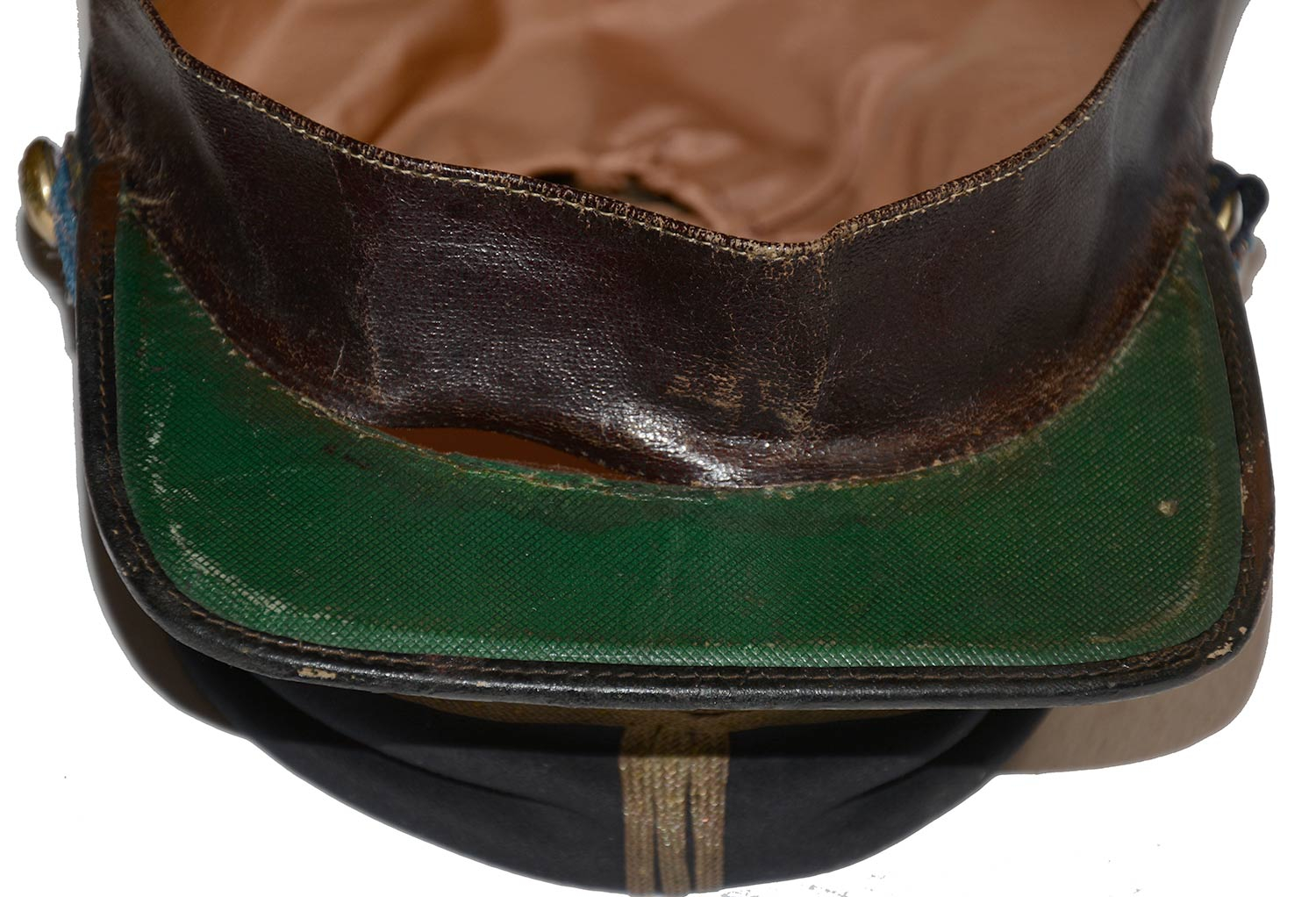
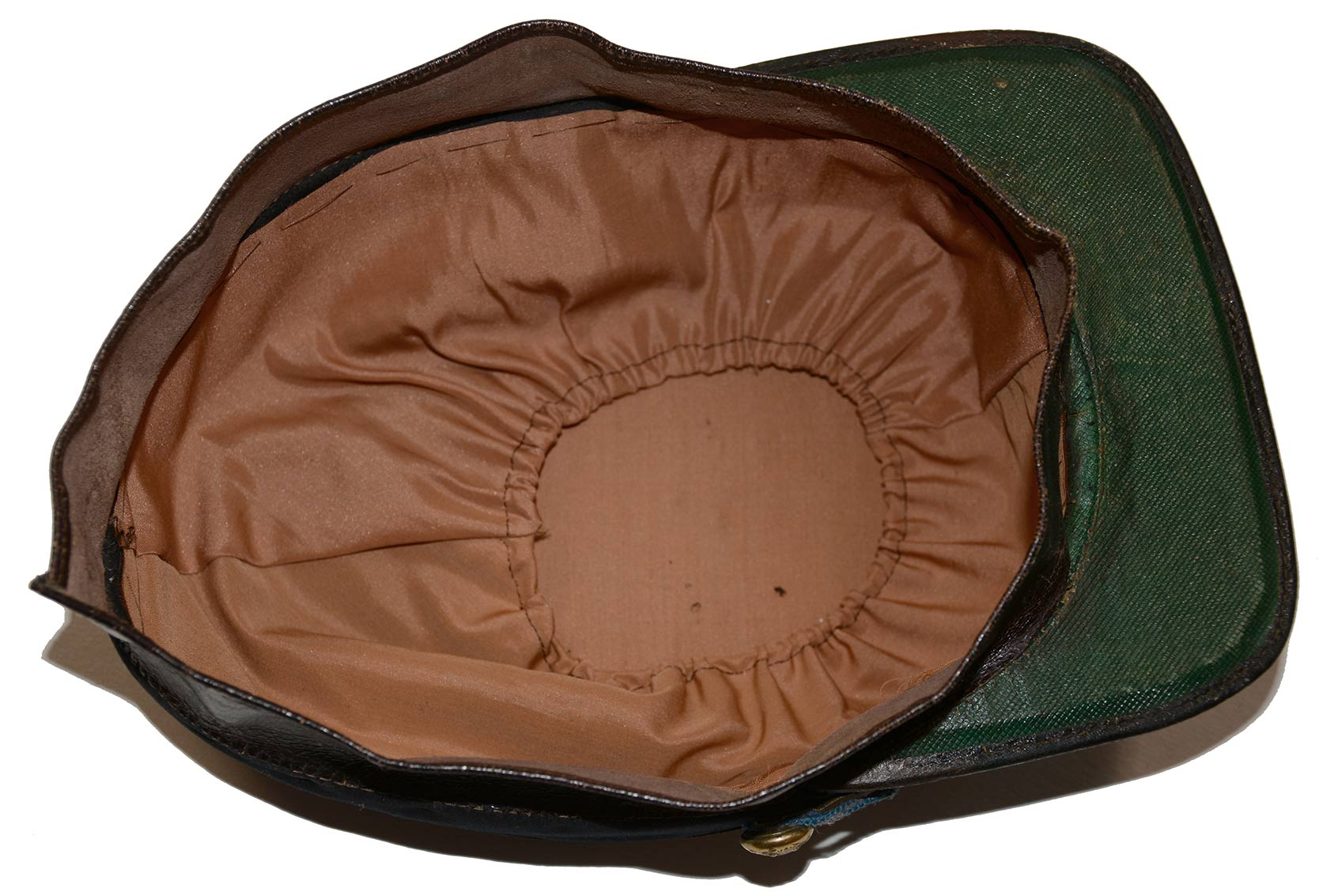
$17,500.00 SOLD
Quantity Available: None
Item Code: 1179-174
Richards was right in the middle of the struggle between secessionist and Union forces in St. Louis and the critical border state of Missouri in 1861. The file accompanying his uniform includes a photocopy of his May 13, 1861, letter to his wife, often quoted and now in the state historical society, giving a first-hand account of the outbreak of hostilities between the two groups. We can track this set back to its sale in 1992 by Civil War dealer Lee Sanzo. It has great eye appeal, interesting history relating to a critical border state, and is in wonderful condition. The group consists of Richards’s regulation officer’s kepi with gold braid, his captain’s frock coat with double-border bullion shoulder straps and infantry-I buttons, and his nine-button military vest with standing collar and infantry-I buttons. The file with the set includes some research and correspondence dating to its initial purchase in 1992.
Richards was a prominent businessman, born in Massachusetts in 1835, and at less than two years of age brought by his family to St. Louis where his father opened a dry goods business. The younger Richards was educated at Harvard, Class of 1857, and returned to St. Louis engage in the wholesale grocery business. After the war, in 1869, he went into manufacturing, was prominent in developing zinc mining in the state, and had other business interests also: we find him serving as director of an insurance company even during the war. His first military service dates to the 1850s: he is listed as one of the organizers of the Union Guards, a volunteer militia company in St. Louis and part of the states 1st Regiment of Militia. Given the political divisions in the state militia he likely left that organization by 1861: the regiment had been ordered by the Governor to the Kansas border in support of pro-slavery forces in 1860 and was among those captured by Nathaniel Lyon at Camp Jackson in May 1861, the subject of the letter to his wife, whom he seems to have dispatched to safety in Massachusetts.
The Missouri militia was disbanded after the affair at Camp Jackson, reformed as a pro-Union Home Guard in June 1861 and then a Six-Month Militia in August, which lasted only until January 1862. A 10,000 strong Missouri State Militia was then organized, which saw hard and active service throughout the war, but could not control Confederate incursions, guerilla activity, and recruitment efforts in the state. Thus the creation in July 1862 by the Enrolled Missouri Militia, which included all able-bodied male citizens and could be called out for active duty when needed. (The force is to be distinguished from the later Provisional Enrolled Missouri Militia and the Provisional Enrolled Militia.) This force totaled more than 80 regiments and we find Richards serving as Captain and Adjutant of the 7th Regiment, of the 1st Division E.M.M. The regiment was base in St. Louis and seems to have had strong representation from the old, prewar “National Guards,” eventually adopting that title. Missouri official records list him as serving in 1863, but newspaper notices show him serving at that rank and in that capacity as early as October 1862, and most likely he was there from the formation of the E.M.M. in the summer. He is also recorded in a history of St. Louis as one of “the most prominent citizens” who officered the militia regiments called up for active service in September 1864 in the face of Sterling Price’s invasion of the state, which came near enough to capture the post office at Cheltenham, just four miles outside the city (W.B. Steven, St. Louis, V.2, p.579.) The regiment was officially called up September 25 and served until relieved from active duty on October 31.
The group consists of the following items:
CAP: The cap is a great example of an officer’s kepi, dark blue wool with three rows of flat gold braid around the base and rising up the front, back and sides over the fold creating the inset crown, with a single row around the perimeter of the crown and a quatrefoil of three rows at the center. The visor is flat and has a bound edge. The front of the cap rises about 3 inches. The rear of the inset crown rises to about 4 inches midway between side buttons and rear of the cap, giving it a perfect slope. There are actually two chinstraps: one is non-functional, fastened at each side by small, infantry-I buttons, and made of single 3/8 inch wide gold tape, thus matching the rank braid on the cap. The second is obviously meant to be functional but unobtrusive, consisting of a narrow light blue cord sewn at either end to a small rectangle of dark blue cloth that is also secured by the two side buttons. The gold braid shows some pleasant age toning and is fully in place. There is no moth damage. The blue color is strong. The interior likewise excellent, with sweatband in place, and lined on the underside of the crown and 2/3 up the sides with a drawstring top in what was likely a red fabric, now oxidized toward orange, but complete. We see just one or two pinprick holes in the lining of the top.
COAT: Regulation officer’s frock coat of dark blue, with standing collar, single row on nine large buttons down the front indicating a line officer, two more on the rear at the waist and two in the skirts at the lower ends of the tail pockets. The sleeves have the typical wide elbows of the Civil War period. The cuffs are non-functional and each has three small buttons. All buttons are gilt-brass eagle-I buttons with lots of finish remaining and Waterbury Button Co. backmarks. The embroidered bullion shoulder straps are in place, and have double borders of alternating dead and bright bullion, as to the doubled rank bars. The jaceron wire borders are in place. The centers are light blue velvet. There is some oxidation to the gold bullion toward silver gray, but they still have good color, are not “zinced-out,” and show the nice alternating highlights of the bright strands. The condition of the fabric is excellent. We see no moth damage or tracking. The interior is excellent as well and is also of typical period construction- fully lined, with the body quilted as well and a single inside pocket in the left breast, with the tail pockets accessible from the outside. The sleeves are lined with plain white fabric. The collar is lined in black velvet. The hanging tab is present inside the collar. The only wear we see are some slight tears to the silk lining where it joins the lower edge of the collar, the usual spot along the upper back for wear to show, but the tears are slight. We should note also that the lining preserves its black color, which has shifted to green in most officers’ coats.
VEST: Also in great condition with strong color. Dark blue cloth. Nine-button front, with small eagle-I buttons, standing collar, and three pockets: left breast and lower left and right. The interior is lined in white muslin. The back is brown cotton and is fitted with an adjusting belt of the same material with a brass two-tongued buckle. We see just one repair and the rear of the right armpit and three or four small wear spots to the thin brown fabric of the back at the right side and the edges of the adjusting belt.
Richards’s uniform has great color, strong eye appeal, and tremendous condition. When he died in 1891 he left behind his wife, a son, and five daughters. It is clear they took extremely good care of it and it would be the centerpiece of a display or Missouri collection. [sr] [ph:L]
~~~~~~~~~~~~~~~~~~~~~~~~~~~~~~~~~~~
THIS ITEM, AS WITH ALL OTHER ITEMS AVAILABLE ON OUR WEB SITE,
MAY BE PURCHASED THROUGH OUR LAYAWAY PROGRAM.
CLICK HERE FOR OUR POLICIES AND TERMS.
THANK YOU!
Inquire About REGULATION CAP, FROCK COAT, AND VEST OF REGIMENTAL ADJUTANT AND CAPTAIN EBEN RICHARDS, 7th ENROLLED MISSOURI MILITIA OF ST. LOUIS 1862-1864 IN SUPER CONDITION
Most Popular
Historical Firearms Stolen From The National Civil War Museum In Harrisburg, Pa »
Theft From Gravesite Of Gen. John Reynolds »
Selection Of Unframed Prints By Don Troiani »
Fine Condition Brass Infantry Bugle Insignia »
Large English Bowie Knife With Sheath 1870’S – 1880’S »
Imported (Clauberg) Us Model 1860 Light Cavalry Officer's Saber »
featured item
THE MEDALS OF A CONFEDERATE GENERAL – BRIG GEN. ALLEN THOMAS, JR.
Offered are three medals that were worn proudly by Civil War Confederate Brigadier General Allen Thomas Jr. "Born in Howard County, Maryland, he was an 1850 graduate of the College of New Jersey. He studied law in Maryland and maintained a practice… (1289-32). Learn More »


